Tobar Ghobnatan Holy Wells
* Tobar Ghobnatan * Ballyvourney (a.k.a. Baile Bhuirne), County Cork, Ireland *
1ST WELL: ST. ABBAN’S WELL OR ST. GOBNAIT’S WELL
As you drive up to the Tobar Ghobnatan Statue, Well, Hut, Grave, Church ruins, and yard, you will see on your right a wrought iron archway with the letters spelling “HOLY WELL” along its top. Another sign labels it as the “Tobar Ghobnatan Holy Well”. When I walked through this archway, I immediately spied a 3/4 large ring of mushrooms known as a Fairy Ring. I had to walk around it 9 times to see if a gateway to the land of Fae would appear. Magical as the site was, alas, no gateway appeared that I was aware of. A short walk down the path you will find the well at the base of a wishing tree.
The tree is covered with rags or clouties as well as many other trinkets placed there or tied to the branches as offerings and prayers. These are often cleaned up and removed by the church occasionally some say online. The well has steps down into it, but can often be difficult to access without crawling on your knees to get to the magical waters.
There are two taps nearby where one can retrieve the water. This well is believed to be a lot older than the Christian occupation and creation of this monastic site, probably as a Fairy Well or Pagan Shrine. Today visitors claim it is either St. Abban’s Well and/or St. Gobnait’s Well. From the Cult following, I would think it has more to do with St. Gobnait than St. Abban even though technically I’ve read it is primarily called St. Abban’s Well. The Other well is up the hill by St. Gobnait’s Hut and Statue. It’s unclear which Saint claimed which Pagan well when they took the land.
In Neo-Pagan practice and visitations of the site, the well is circled either three times clockwise, or in a trio set of three times three. It is conducted clockwise to gain something, pay tribute to the well, or weave a certain kind of magic. It is done counter-clockwise to unwind something, to banish something, or to undo a spell, curse, or action. It is common then to make an offering to the well or tree. The participant then goes to the well, collects water, offers it back to the earth, and then either takes a sip of the magical waters or splashes it on their face.
It is common to fill a bottle with the magic waters to take home. A bin of empty clean water bottles for those who forgot to bring a bottle is located along one of the rock walls. This well is a very common location for seamen to collect water from to bring to their boats used for safe passage during their expeditions.
In Christian/Catholic observation of the rounds, the “Our Father”, the “Hail Mary”, and the Glorias are spoken at each of the stations. At this station, they do a decade of the rosary and drink the water from the Well. According to the stations, the rounds, or the turas, this is station 10: St. Abban’s Well. Every year on the 11th of February, the parish priest would bring out a 13th-century wooden statue of St. Gobnait upon which pilgrims would measure a ribbon against the statue and wrap it around the figure, then take the ribbon home to use for healing magic.
Next to the well is a large tree called a Wishing Tree which is part of any number of such trees found on this monastic site. Covering this particular tree are offerings to St. Gobniat (and the ancestral water spirits or Naiads of this well) in the form of rags (clouties/clooties – pieces of cloth tied around its branches), prayers, trinkets, tokens, pictures, charms, and/or a variety of personal effects from undergarments, hair ties, belts, shoes, rings, jewelry, toys, prayer cards, or other effects. The belief behind pieces of cloth is that they are to get rid of an illness and once the cloth decays so will the illness. It is a concept of leaving something behind of themselves or their loved ones in need of healing.
Along the stone wall and around the well is an assortment of cups, jars, and/or bottles that someone can use to gather water from the well for drinking and/or blessing. As far as I know, the well water is not tested or certified, so drinking from such is at one’s own risk. Anything can get into these public wells, and a variety of items from coins, pins, and garbage are sometimes found thrown into them. When I visited, there was a large bin of washed-out plastic bottles for visitors to fill up with holy well water and take with them.
SECOND WELL: ST. GOBNAIT’S WELL (or ST. ABBAN’S WELL)
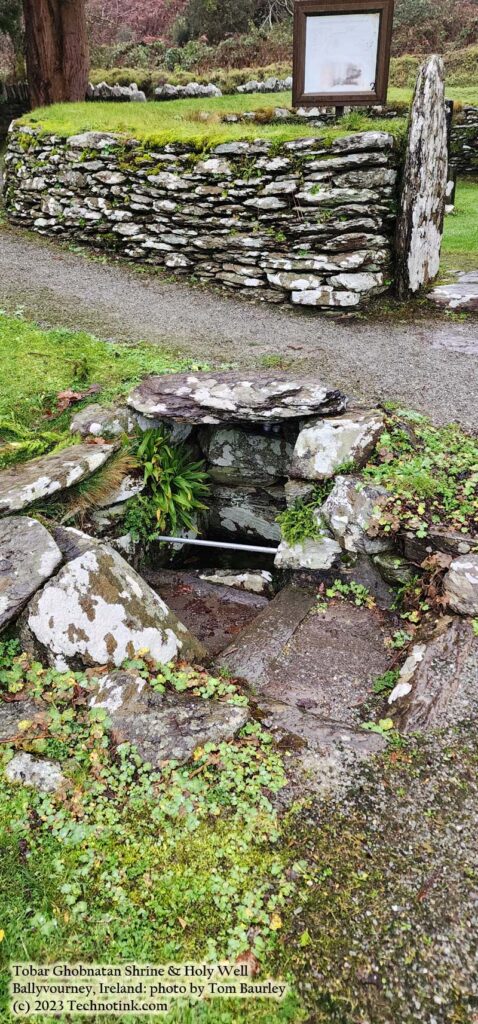
Again, like the well above, no one is clear on who claimed this Fairy Well, but it seems to be primarily associated with Saint Gobnait since it is located in front of her house, hut, or kitchen. Both wells are part of the pilgrimage and rounds regardless.
In Christian/Catholic observation of the rounds, the “Our Father”, the “Hail Mary”, and the Glorias are spoken at each of the stations. At this station, they do a decade of the rosary and drink the water from the Well.
To complete the pilgrimage the pilgrim walks down the road to St Gobnait’s well (Station 10). The pilgrim recites 7 Our Fathers, 7 Hail Mary, and 7 Gloria, one decade of the rosary, and drinks the water from the well. Like many holy wells in Ireland St Gobnait’s well is associated with a rag tree, and there is a tradition of leaving votive offerings at this tree.
Below is a photo of the tree taken when I last visited here in 2006, as you can see is covered with rags beads, and tokens left by pilgrims. I think it looks quite lovely. Since my last visit, most of these offerings have been removed, but a few are still to be found. This well seems a bit questionable as to the safety of the water but is still one apparently drunken from.
This well is in front of the round circular stone hut north of the statue called the “House of St. Gobnait” or the “St. Ghobnatan’s Kitchen”. Earlier evidence suggests that the site was an early pre-Medieval to Medieval bronze and ironworking site which operated out of this hut. Evidence for this comes from iron slag, a crucible, and other metalworking artifacts found during the excavation of the site. Evidence that the wells were Pagan shrines pre-dating Christianity combined with the metalworking has led some rumors to run wild that it could be the metalworking site of the Tuatha Dé Danann’s Smith known as Goibnui who share phonetic similarities to the name of Saint Gobnait.
There is no evidence found to this ‘hunch’ someone probably weaved online in a blog, but it does add a sense of urban lore to the site that would make it an exciting tidbit of the mythos. (Especially since there really exists no solid evidence of any of the Tuatha Dé Danann legend site locations except folklore) In this hut, pilgrims etch a cross into the stones atop this well as well as the entrance stones in the hut during their turas.
Read more: Tobar Ghobnatan Holy Wells: St. Abban’s Well and St. Gobnait’s WellBOTH WELLS:
Both of the wells are named after the Matron Saint of Ballyvourney and sacred Bee-Keeping mistress, Saint Ghobnatan (a.k.a. Saint Gobnait) of the holy pilgrimage site and monastic settlement known as “Tobar Ghobnatan“. This is the legendary home of St. Gobnait/Ghobnatan. It is located a kilometer south of the village of Ballyvourney where her church Móin Mór (a.k.a. Bairnech) was built. There are two holy wells at this site, both of which are believed to pre-date St. Abban and Gobnait’s arrival to the land, most likely Pagan shrines or Fairy wells. Today these wells are called “St. Abban’s Well” (most likely ‘FIRST WELL’) and “St. Gobnait’s Well” (most likely ‘SECOND WELL’).
There are several wells throughout Ireland (and other countries) dedicated to Saint Gobnait. There exists a dry well known as St. Debora, Deriola, or Abigails Well that is north of Ballyagran in a high field on the left of the road to Castletown which is believed to be the original Saint Gobnait’s Well. It is currently dry. Legends run wild of a white stag that can be seen at this well especially during February 11th, the Feast day of Saint Gobnait. There are other wells and shrines such as the church site in County Kerry at Dunquin which has a well near Dungarvan in Waterford.
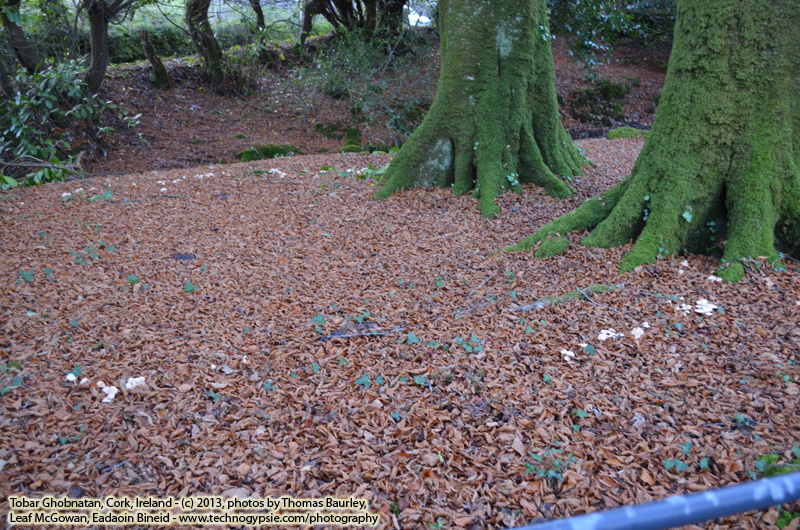
Article by Thomas Baurley, Leaf McGowan, Technogypsie Productions and Research Services: technogypsie.net. © 2013, updated 2023: All rights reserved.
How to get here: Drive West from Macroom to Kerry on the N22. As you pass through Ballymakerry (Baile Mhic Ire), you will pass a church on your right-hand side and will take the first left-hand turn after the church that has a signpost. Follow the road 400 meters, and you will see the first (and main) holy well on the right. You’ll need to go up the hill a bit for parking as it is a very narrow road. Take the next right-hand road (near where you can park by a graveyard) up the hill to see the other holy well, statue, hut, church ruins, and main graveyard. There is also a modernized porta-toilet in this parking lot so you don’t have to use the bushes. The GPS coordinates are 79: W 1967 7688. Longitude: 9° 10′ 5″ W, Latitude: 51° 56′ 18″ N.
Bibliography and Recommended Reading:
- Inchigeelagh “Ballyvourney”. Website referenced and reviewed by Thomas Baurley on 12/21/13 at http://2009.inchigeelagh.net/inchigeelagh/ballyvourney.php.
- Matrifocus: Siofra Geoghegan “Gobnait: Woman of the Bees”. Website referenced and reviewed by Thomas Baurley on 12/21/13 at http://www.matrifocus.com/IMB05/ireland-gobnait.htm
- Megalithic Ireland “St. Gobnait’s House and Holy Well” website referenced and reviewed by Thomas Baurley at http://www.megalithicireland.com/St%20Gobnait%27s%20House%20and%20Holy%20Well,%20Ballyvourney.html
- Orthodox Church of America “St Gobnata of Ballyvourney”. Web site referenced 12/20/2013, reviewed by Thomas Baurley: http://oca.org/saints/all-lives/2013/02/11.
- Pilgrimage Medieval Ireland February 18, 2013 “Pilgrimage to St. Gobnait at Ballyvourney, County Cork”. Web site referenced and reviewed on 12/21/2013 by Thomas Baurley at http://pilgrimagemedievalireland.com/2013/02/18/pilgrimage-to-st-gobnait-at-ballyvourney-co-cork/.
- Wikipedia: The Free Encyclopedia. “Gobnait”. Web site referenced 12/20/2013, reviewed by Thomas Baurley: http://en.wikipedia.org/wiki/Gobnait.
2023 Visit:
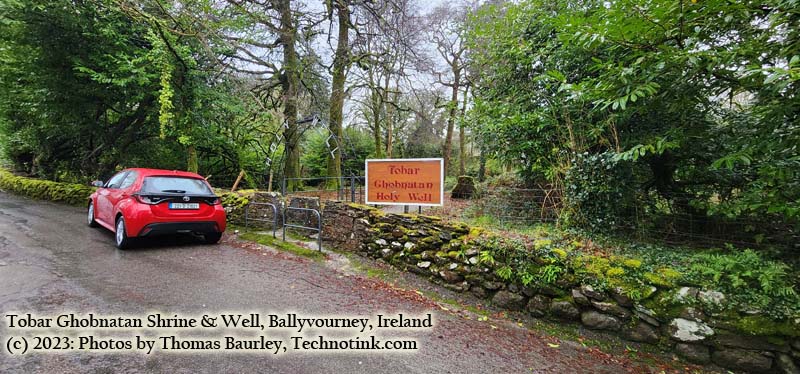
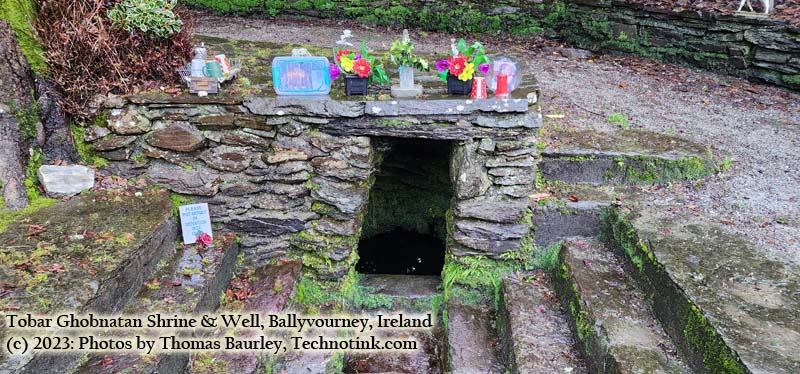
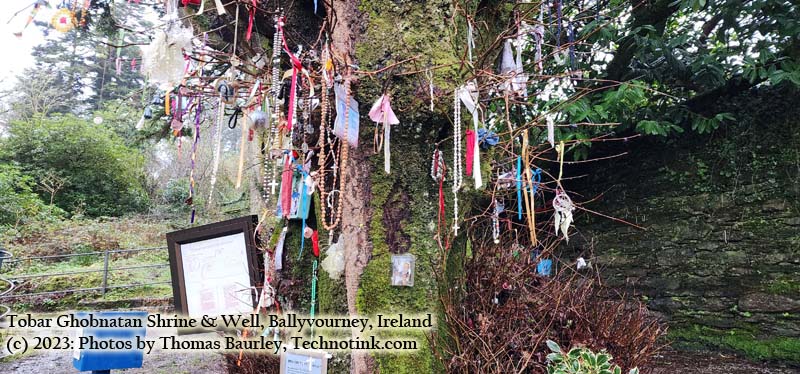
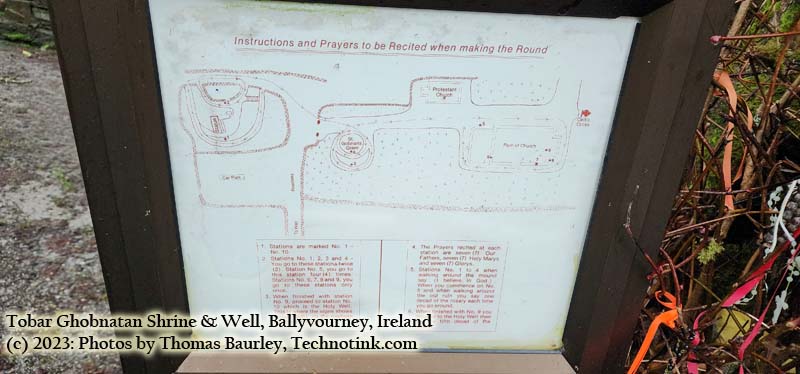
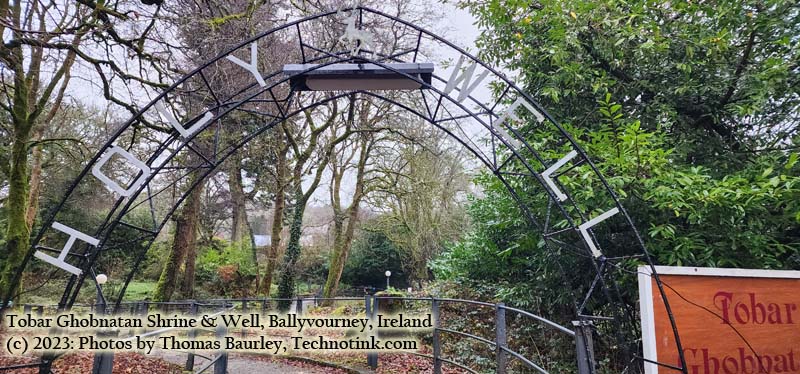
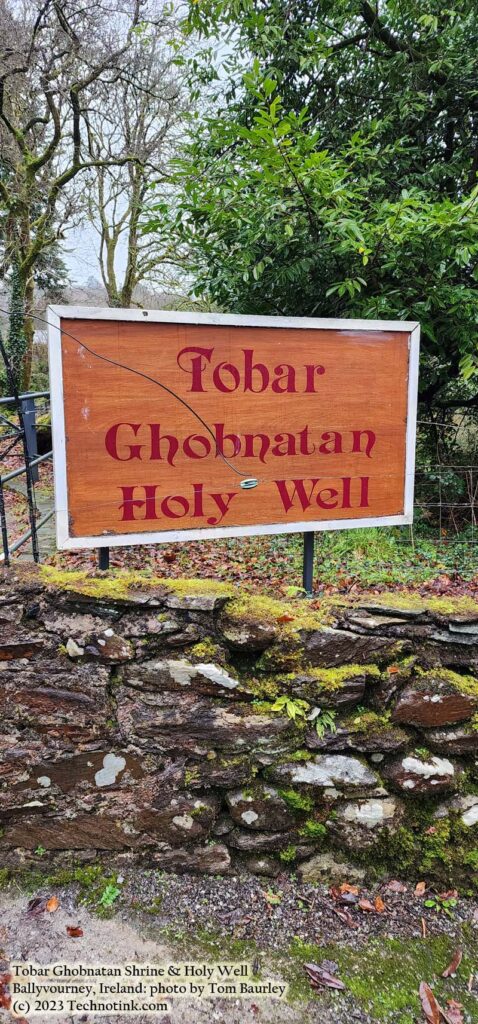
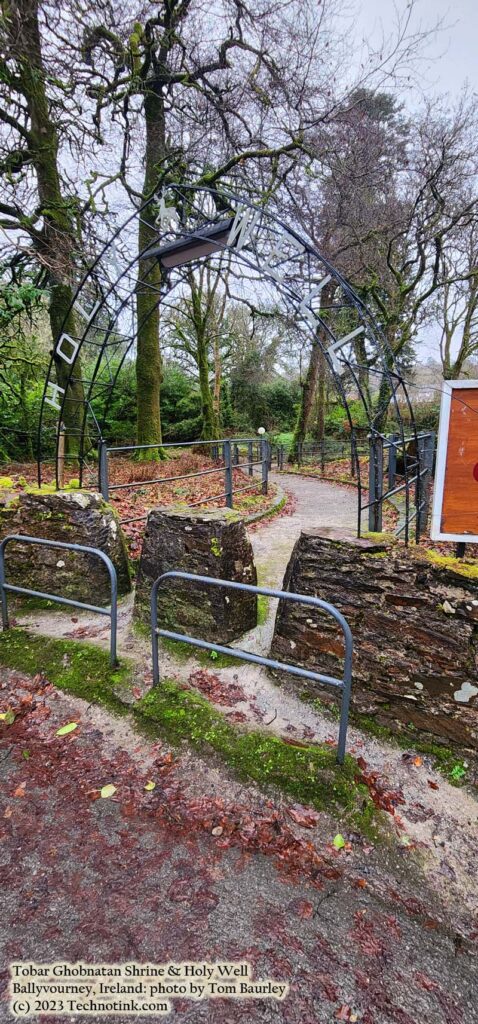
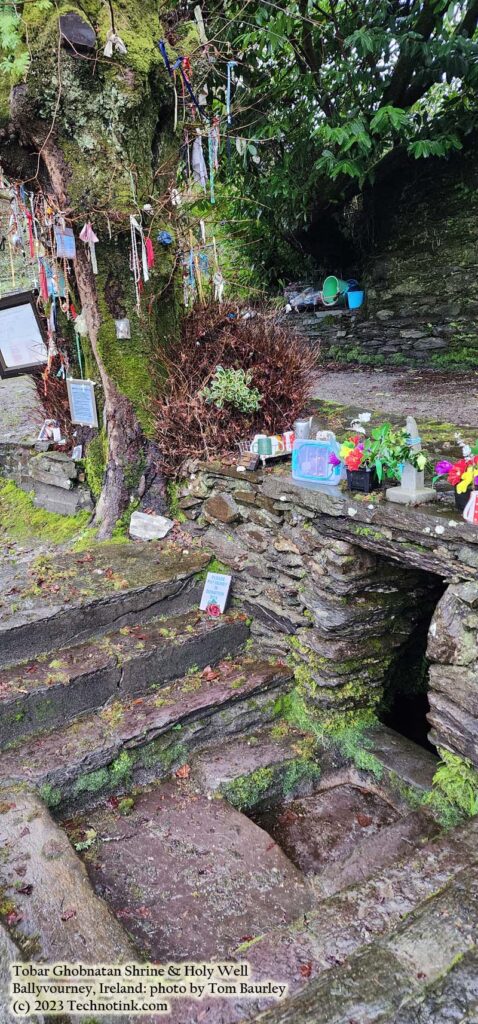
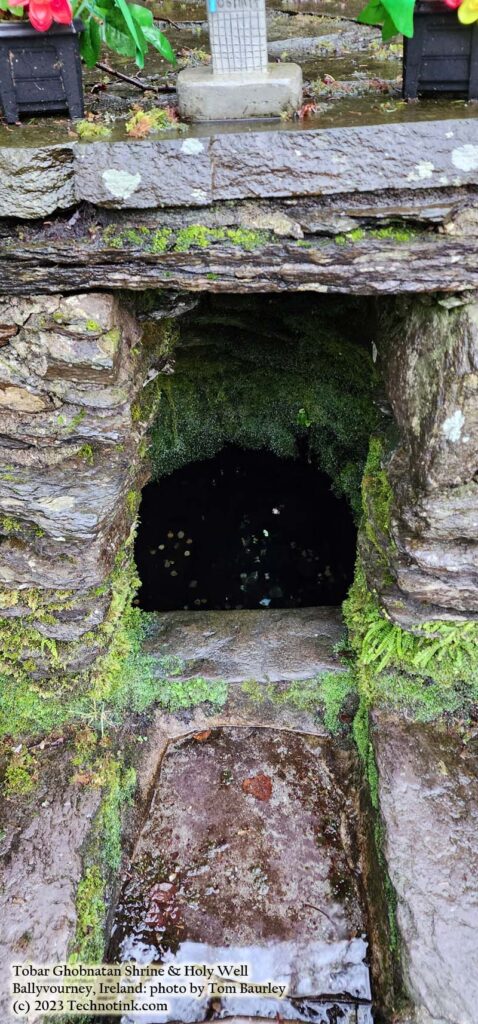
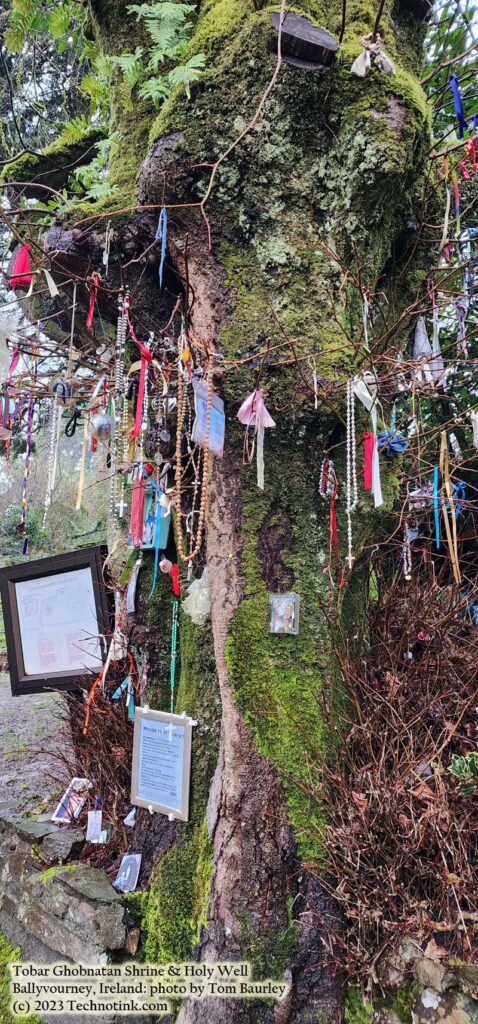
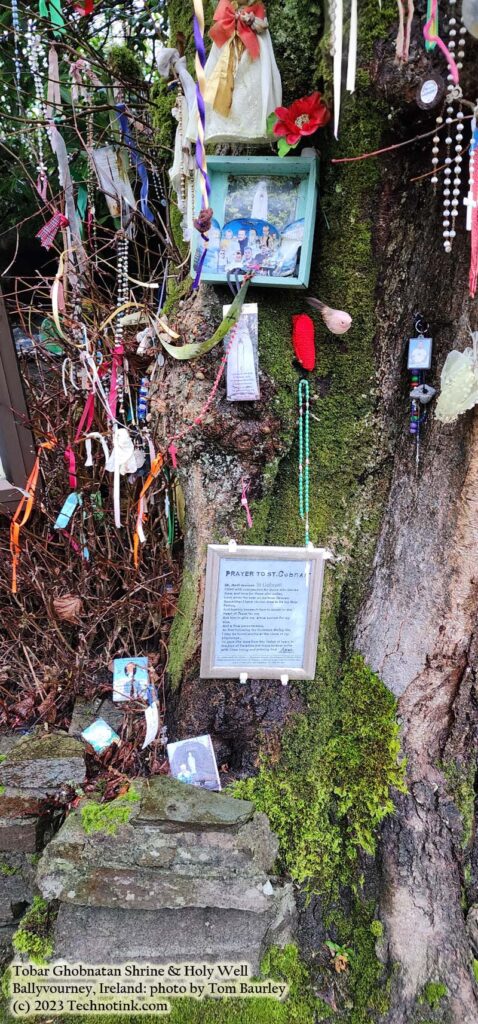
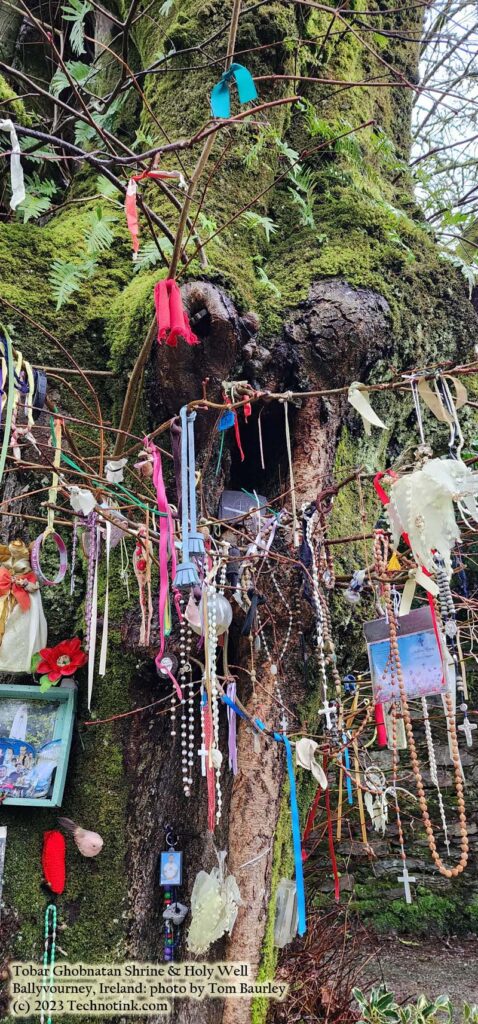
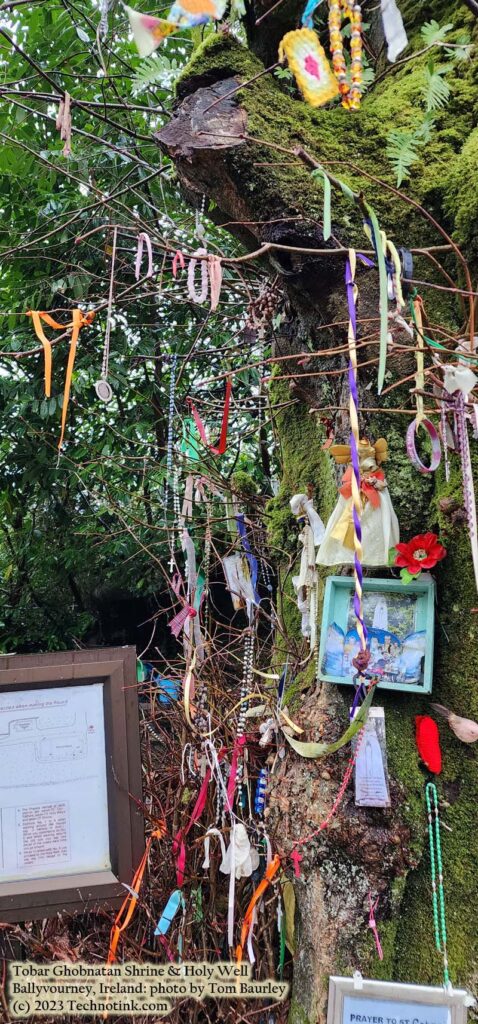
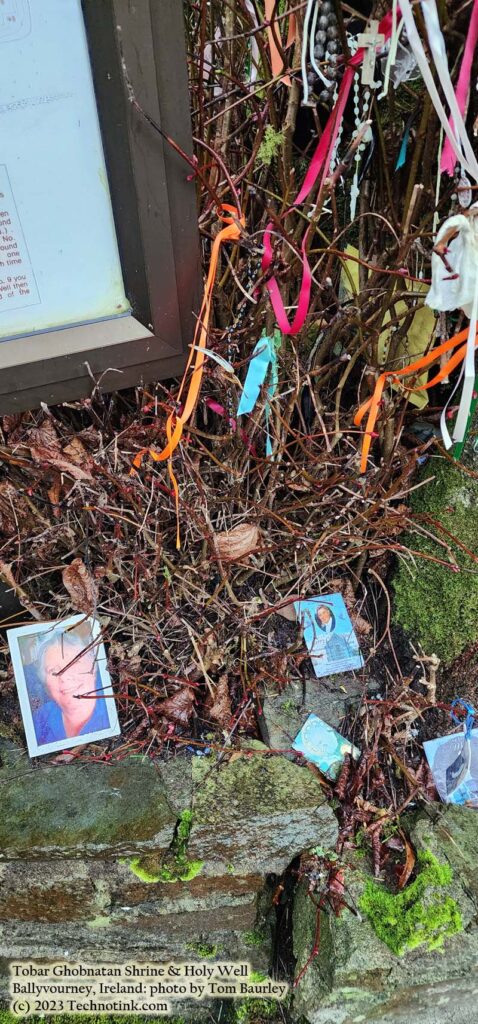
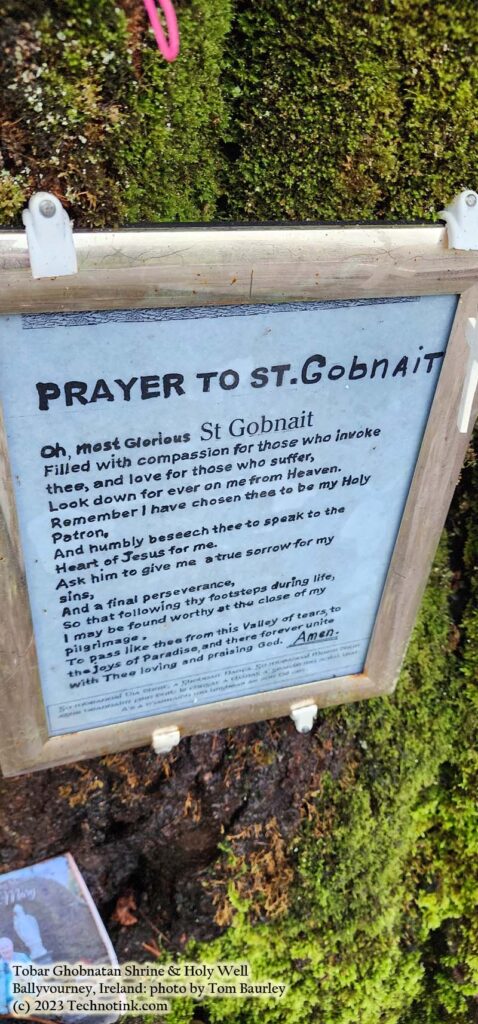
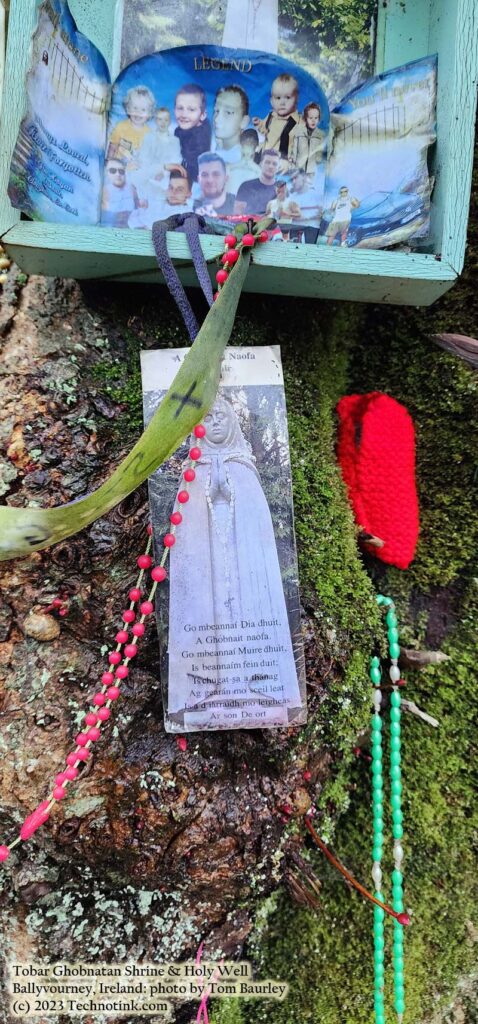
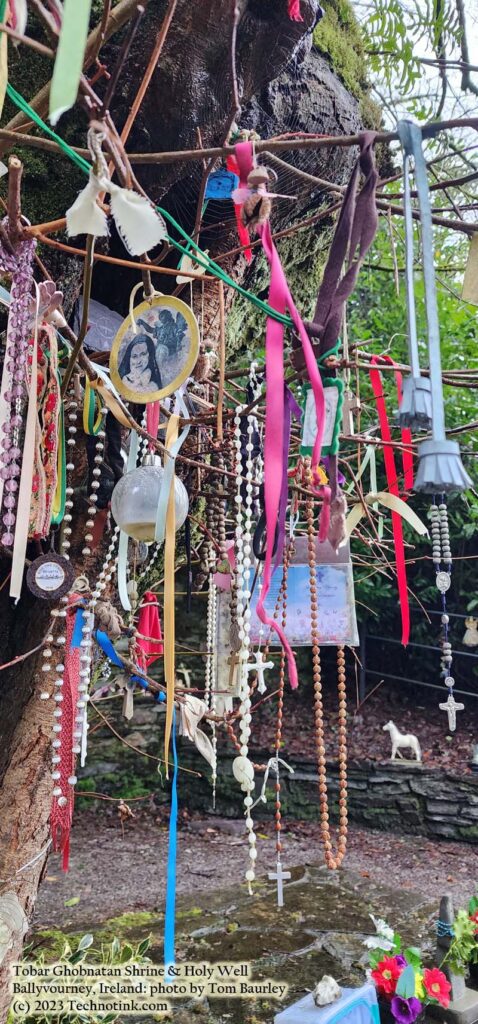
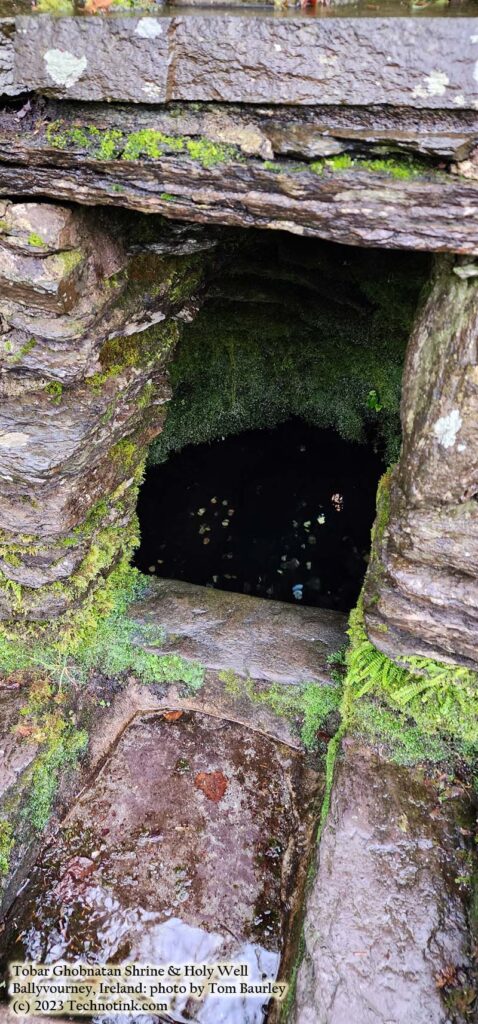
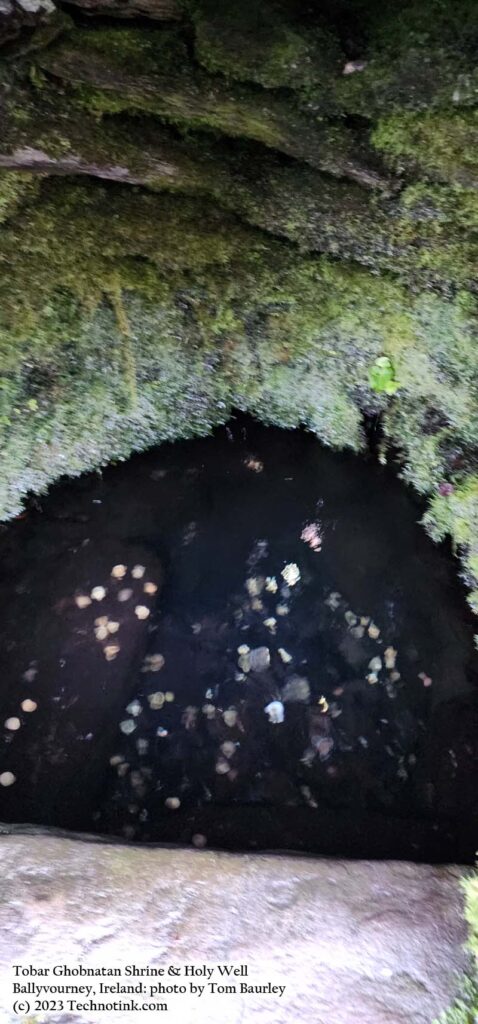
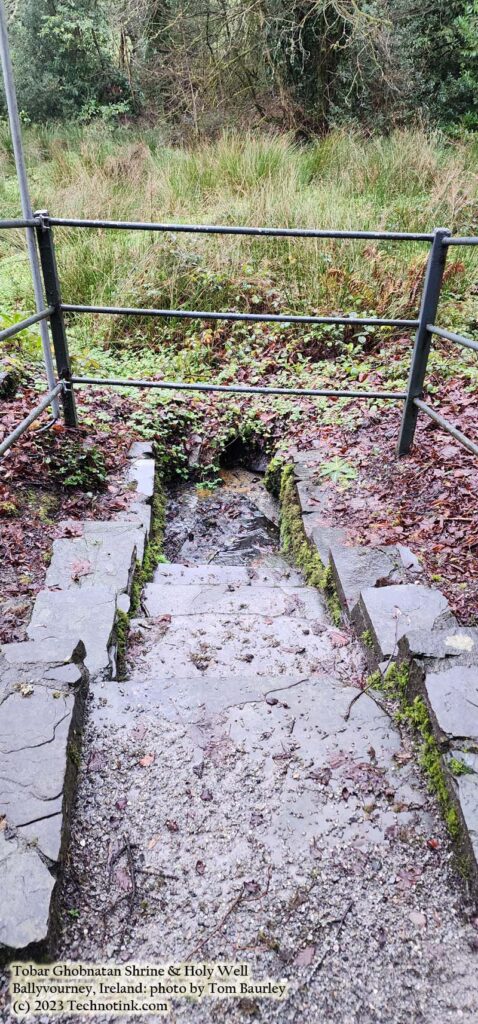
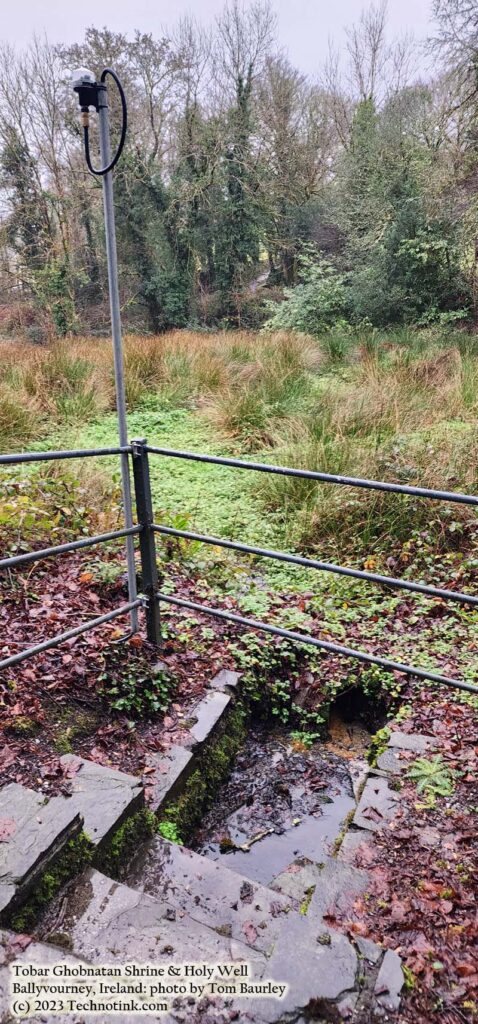
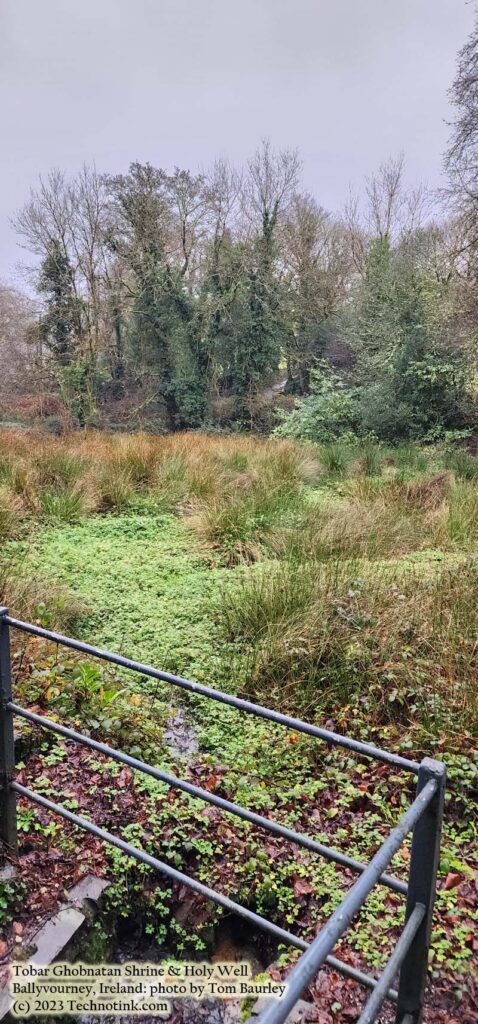
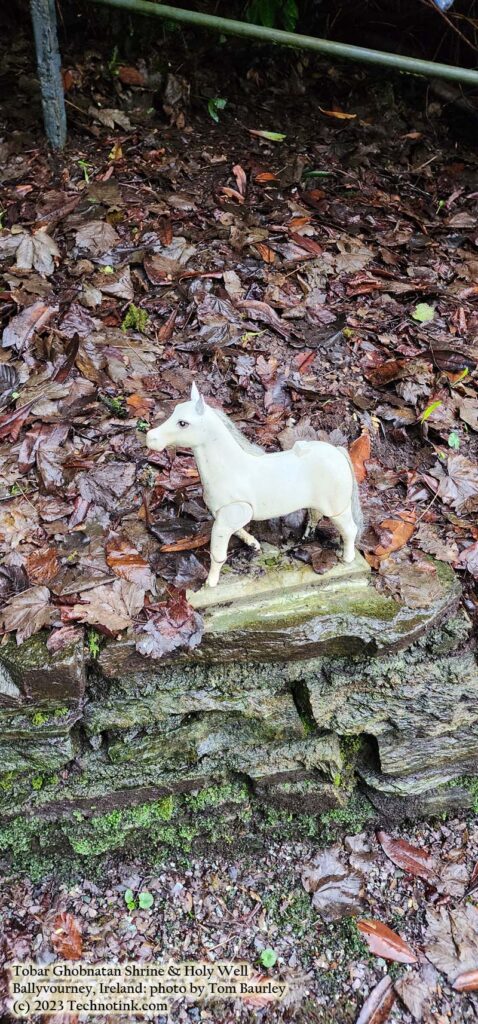
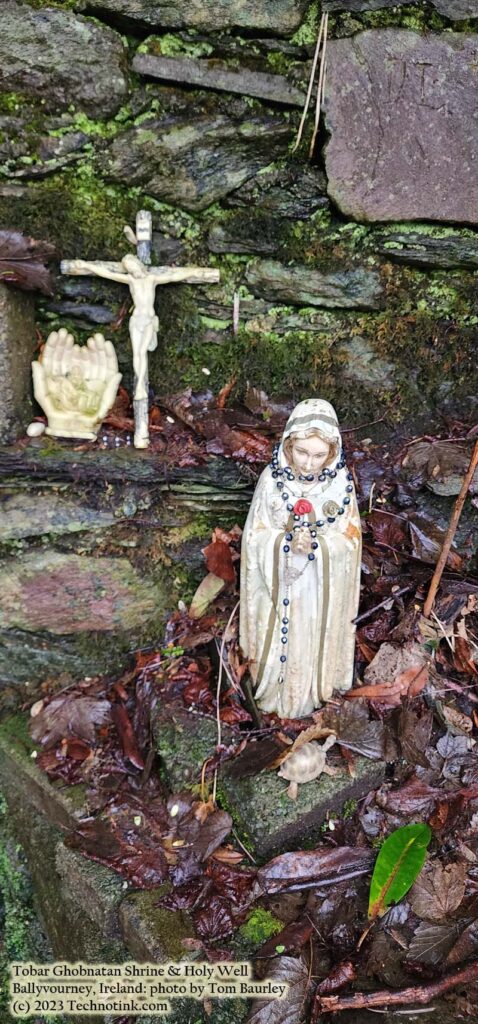
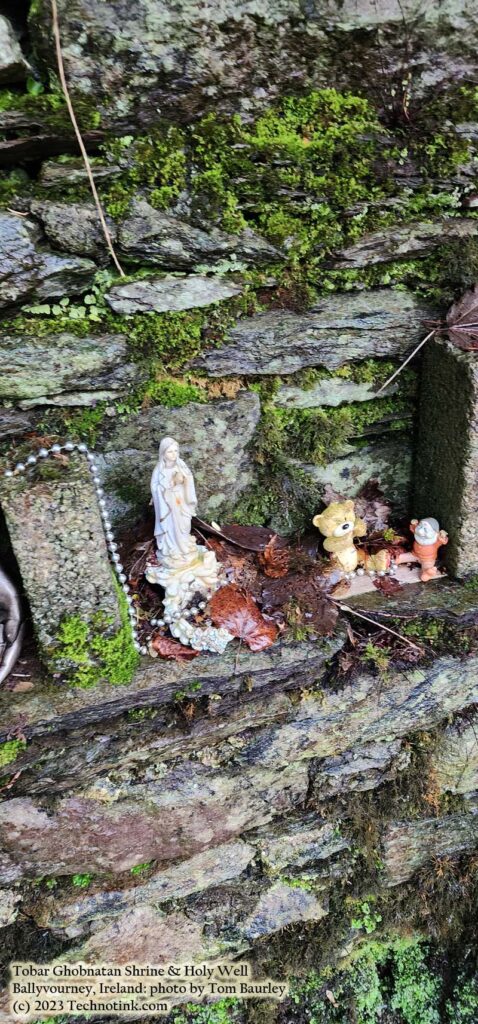
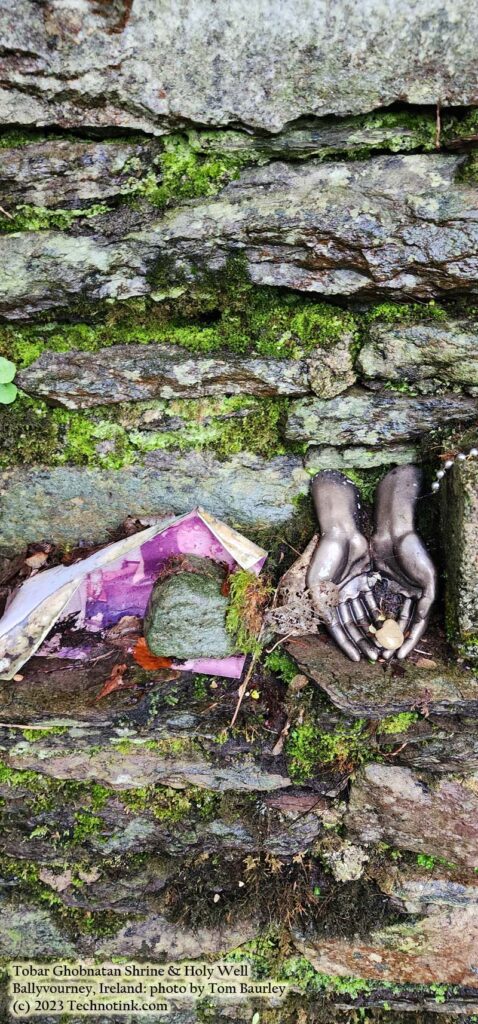
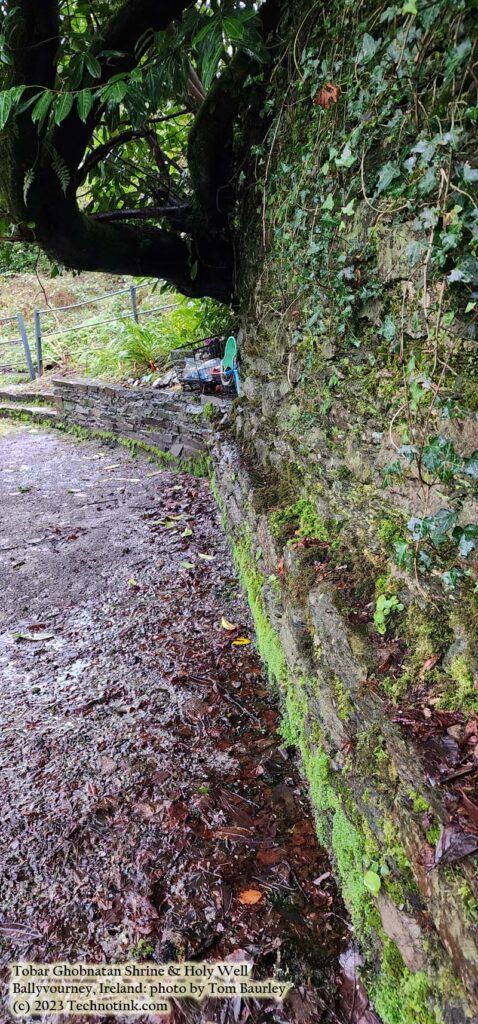
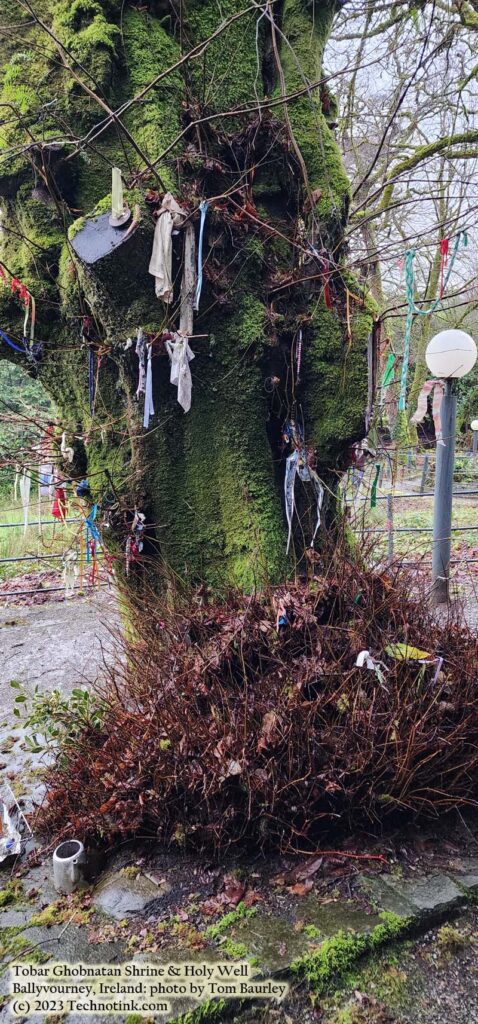
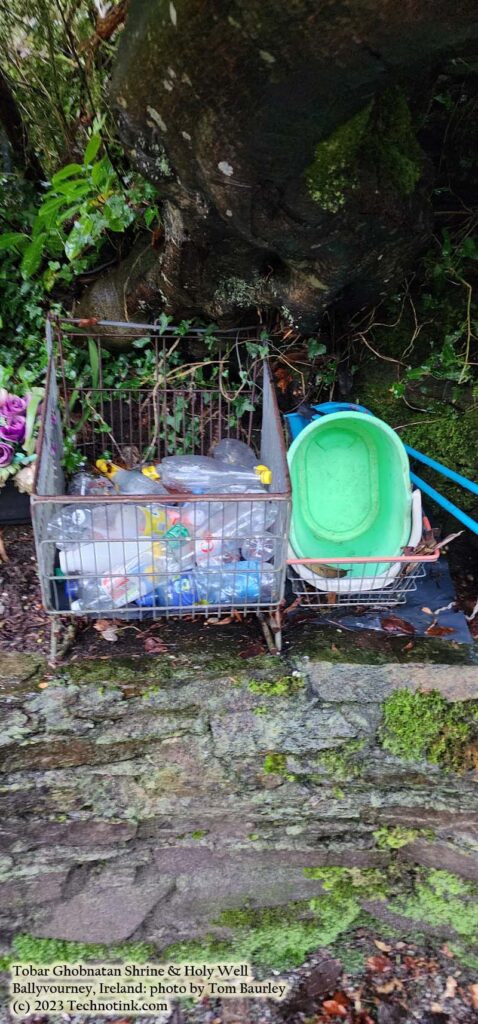
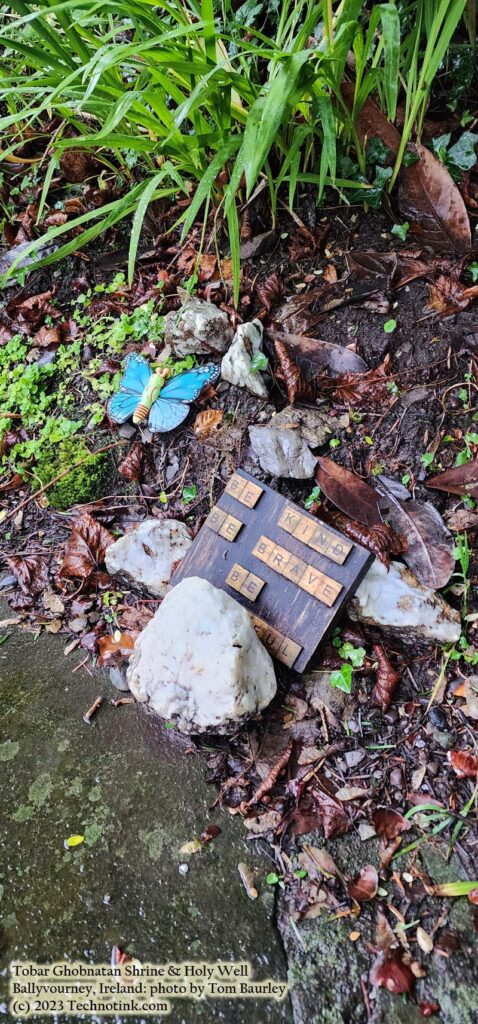
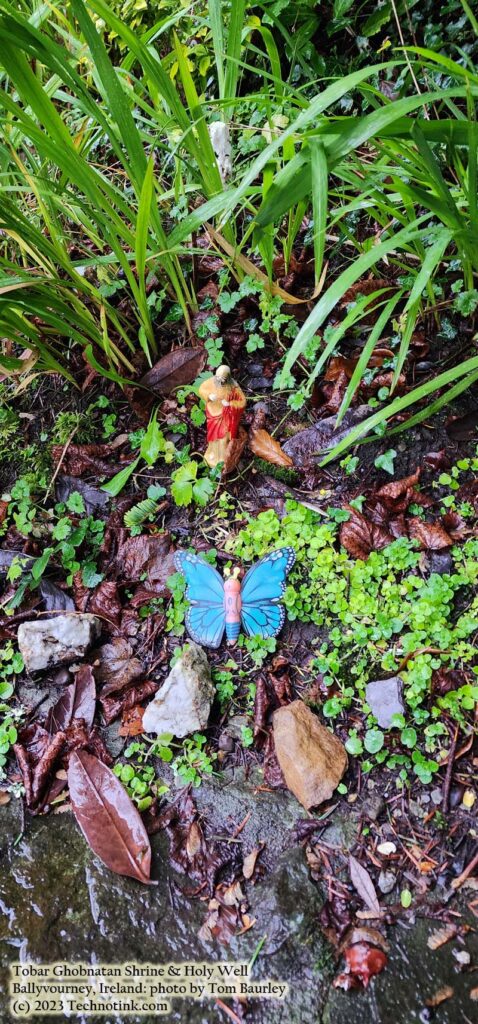
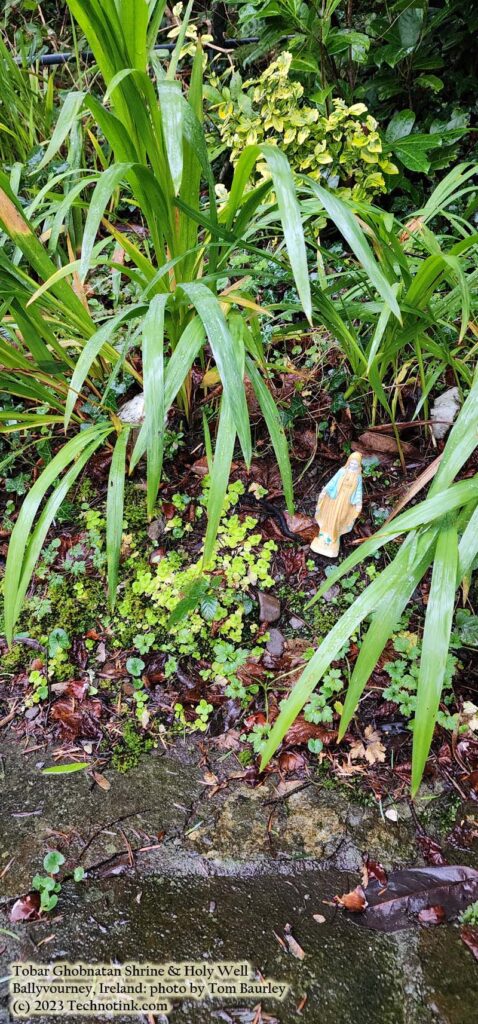
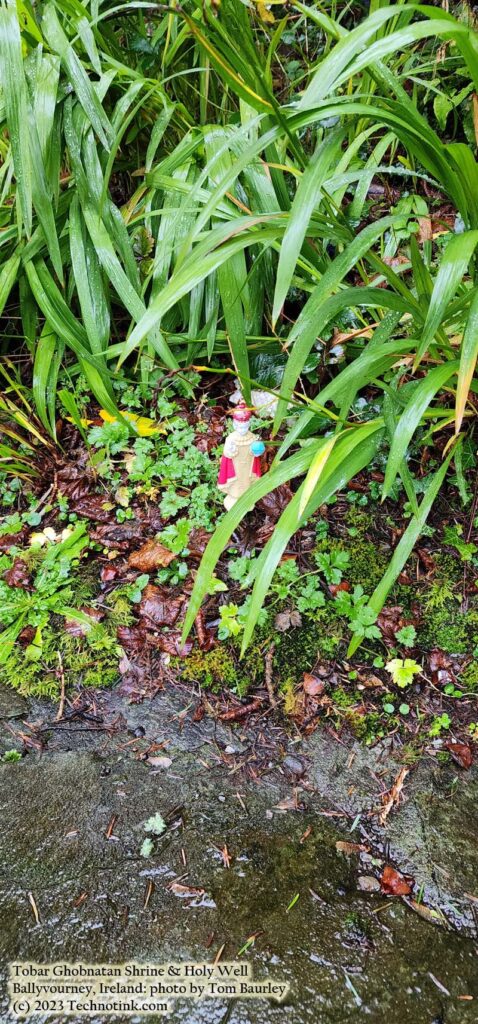
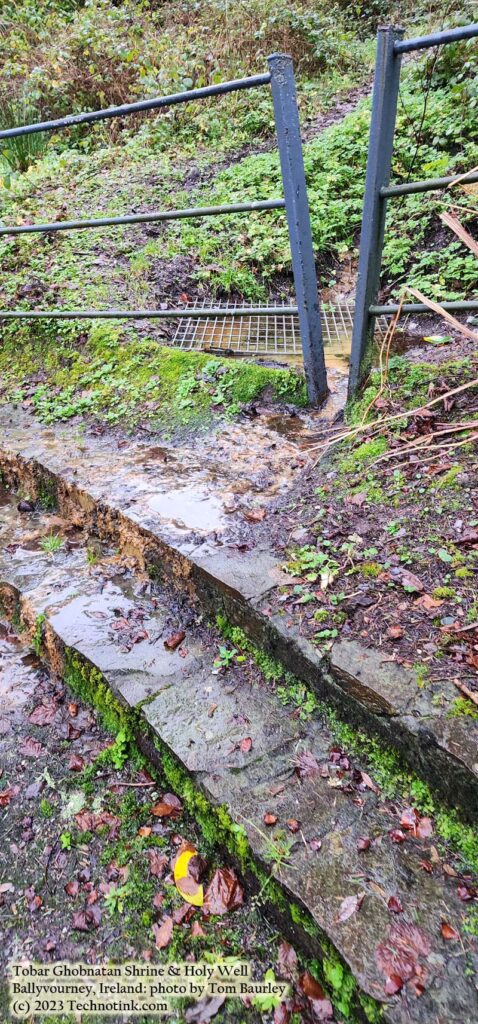
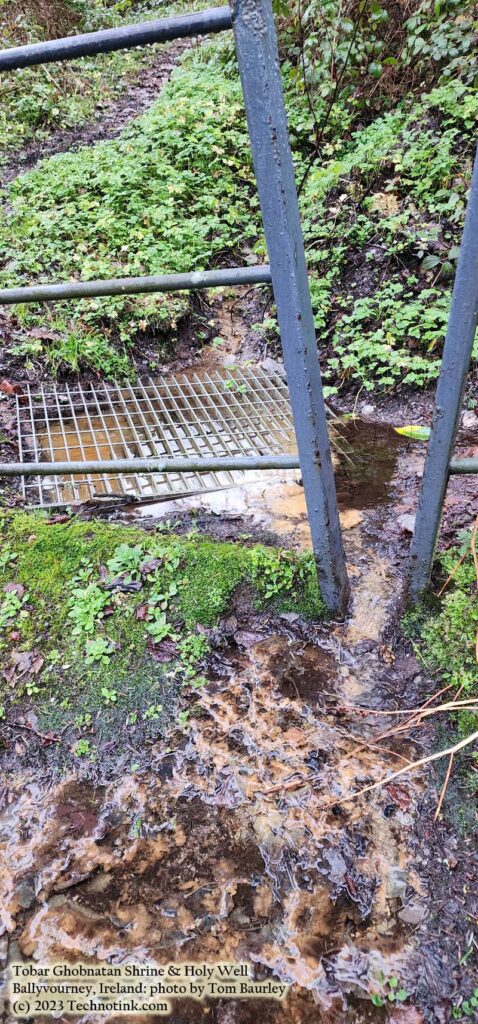
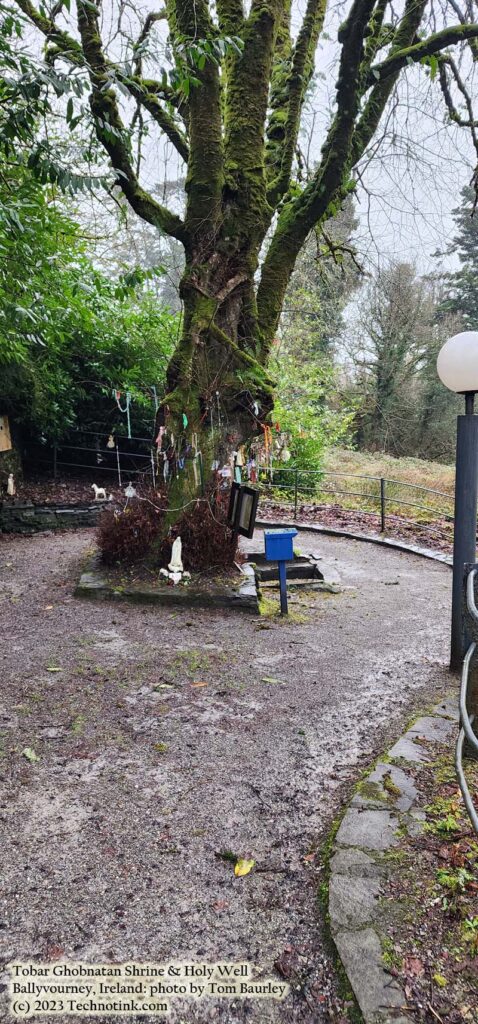
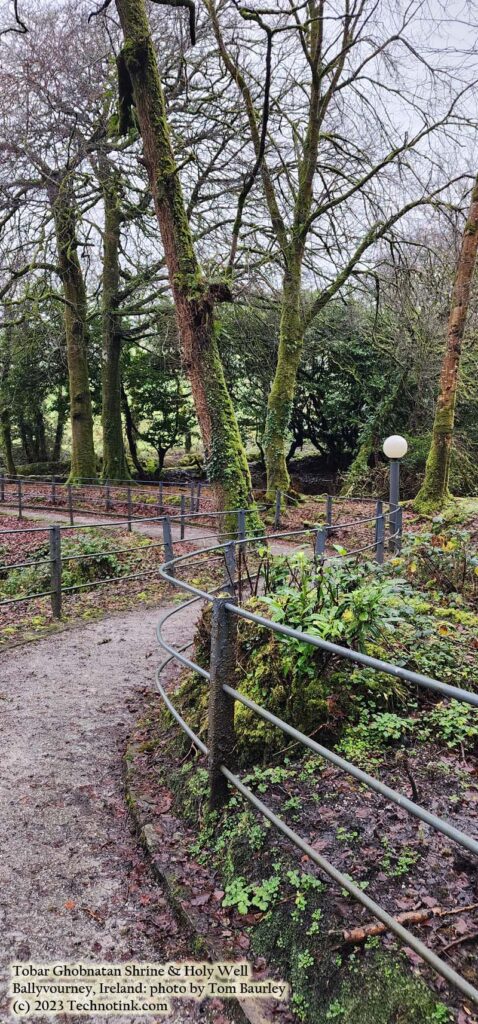
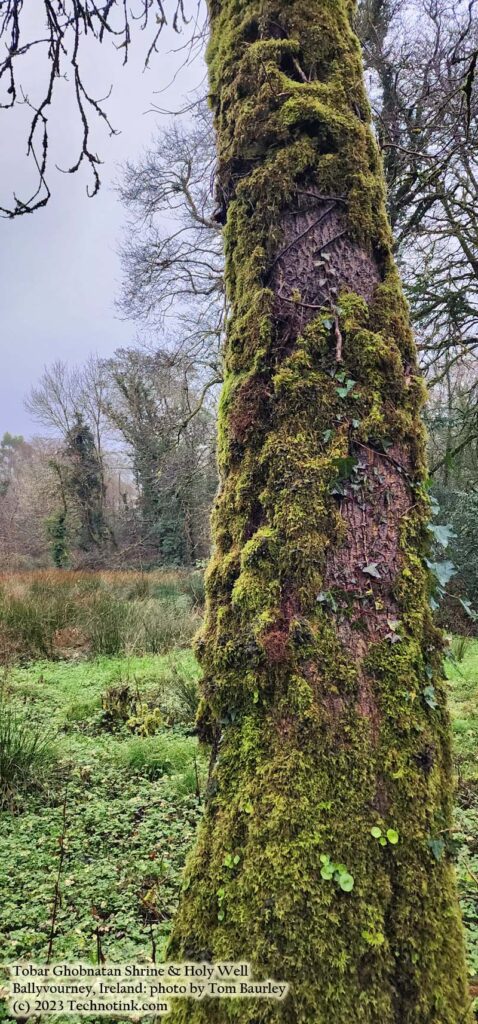
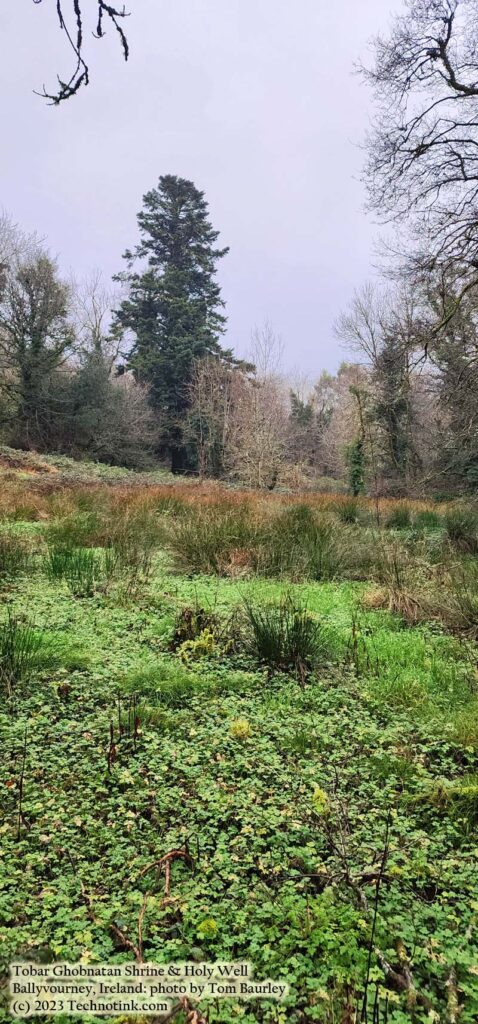
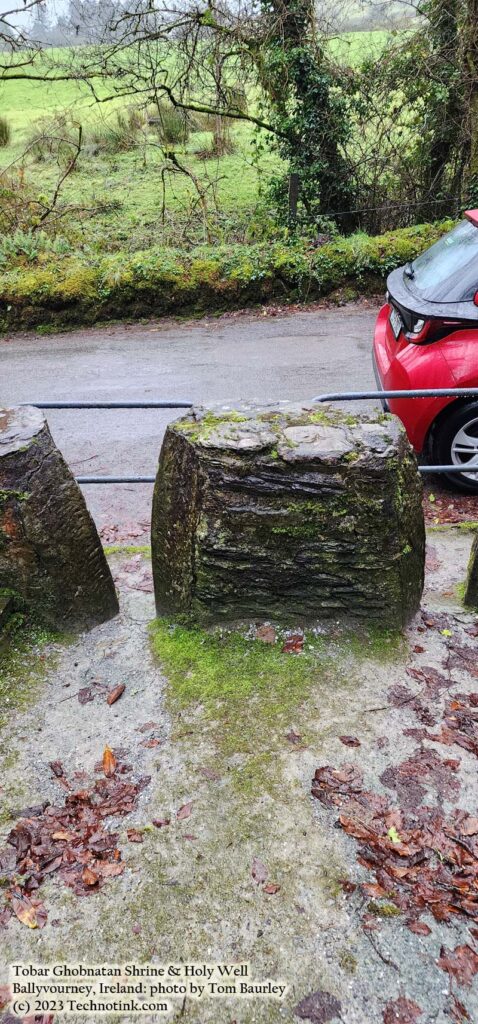
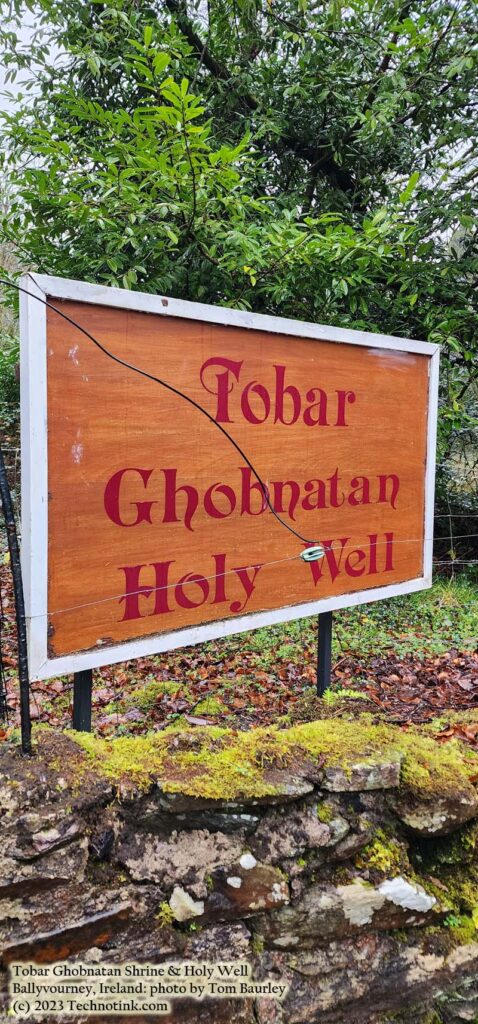

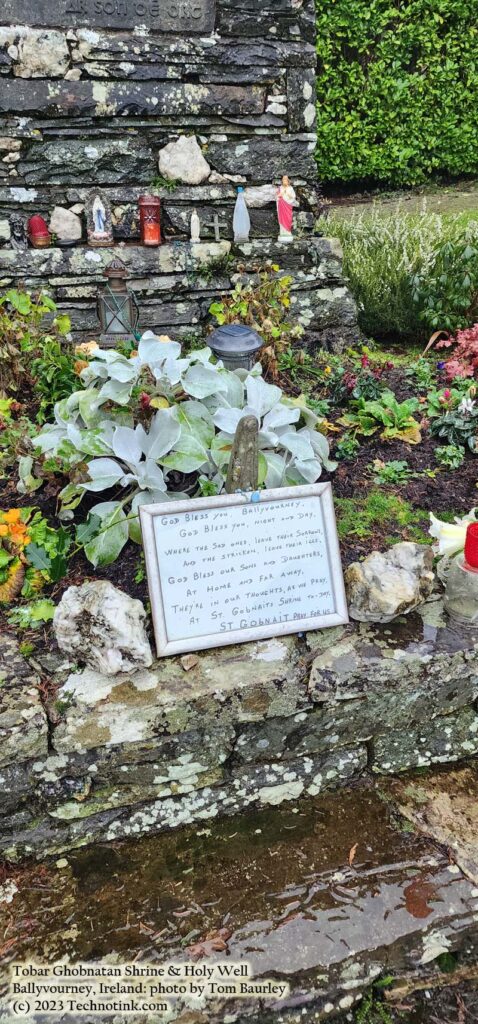
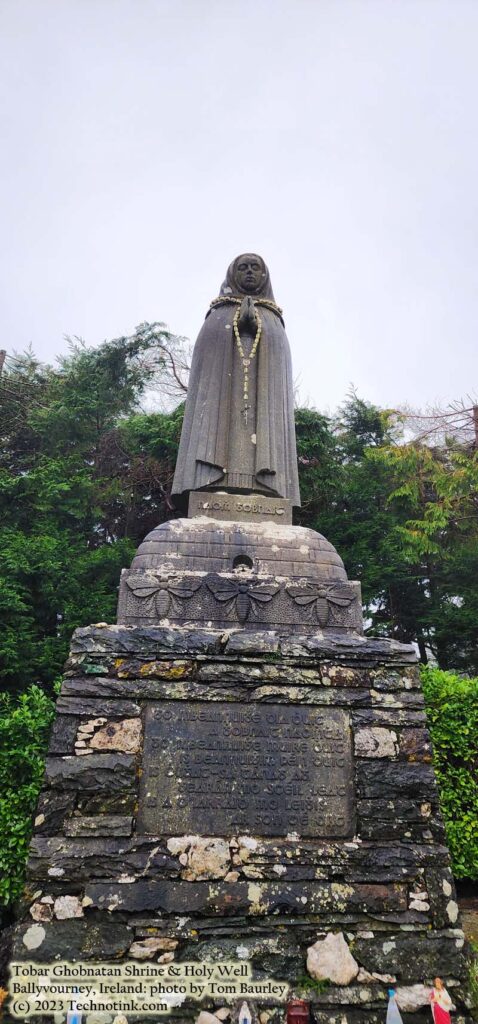
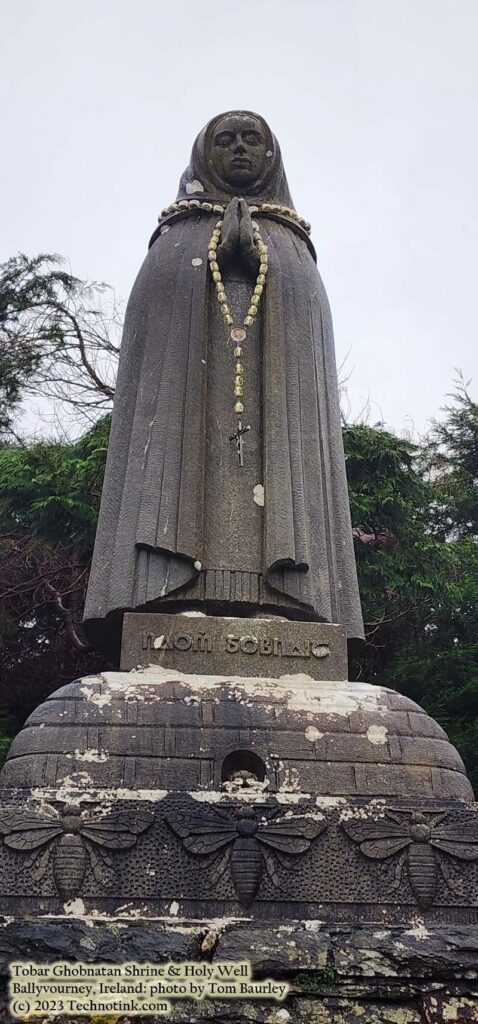
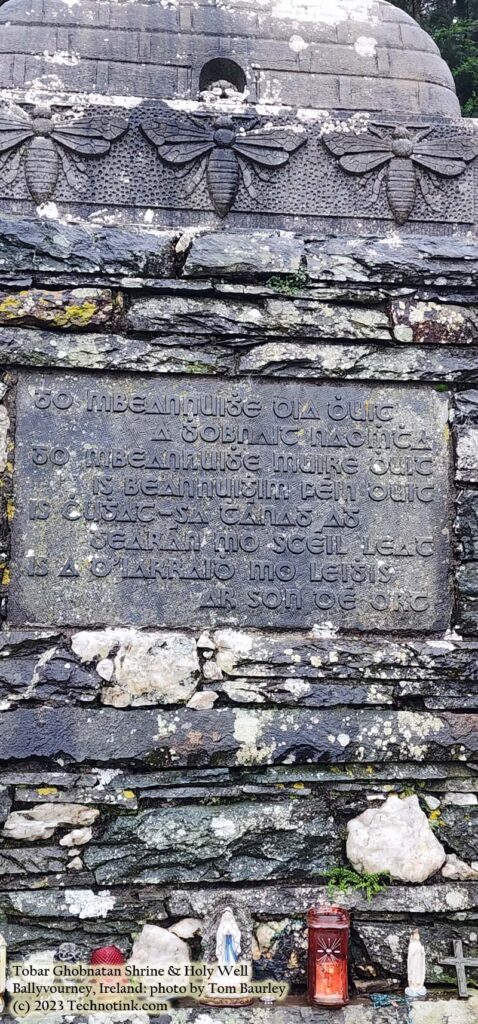
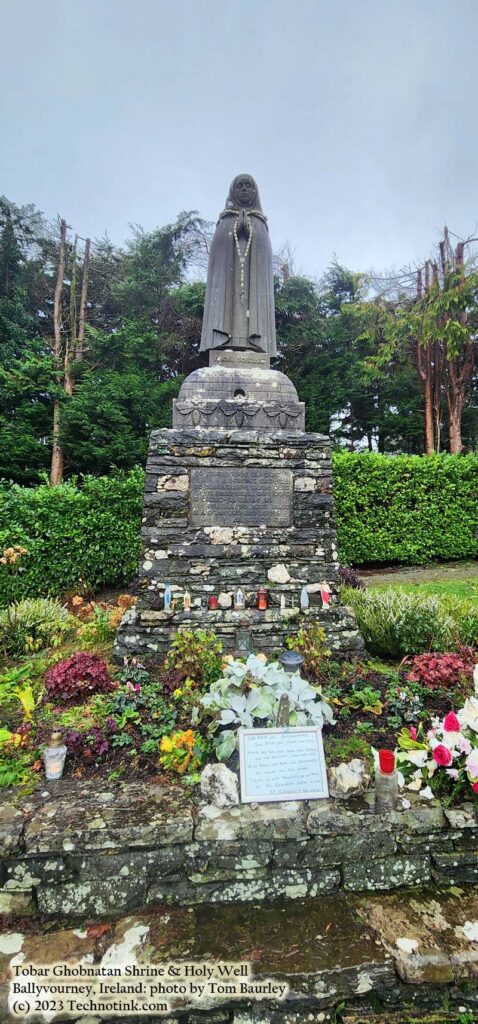


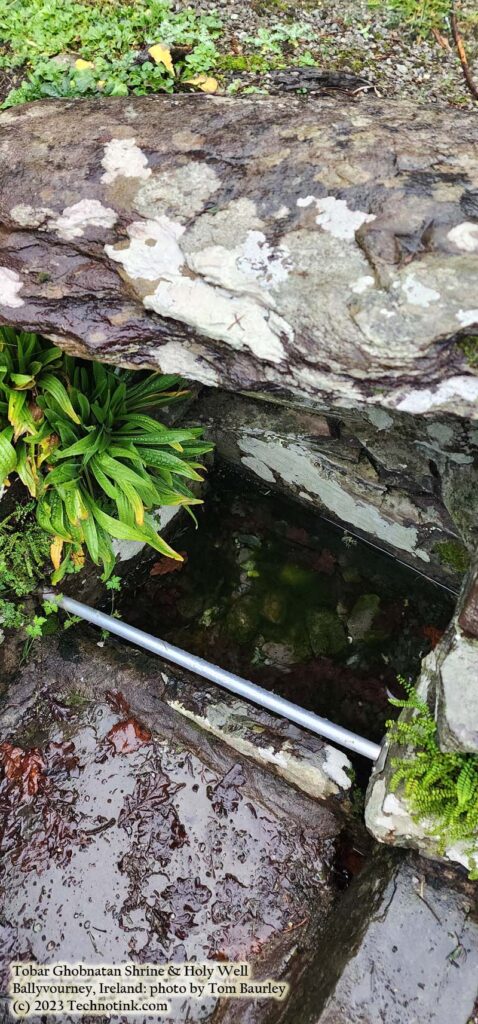
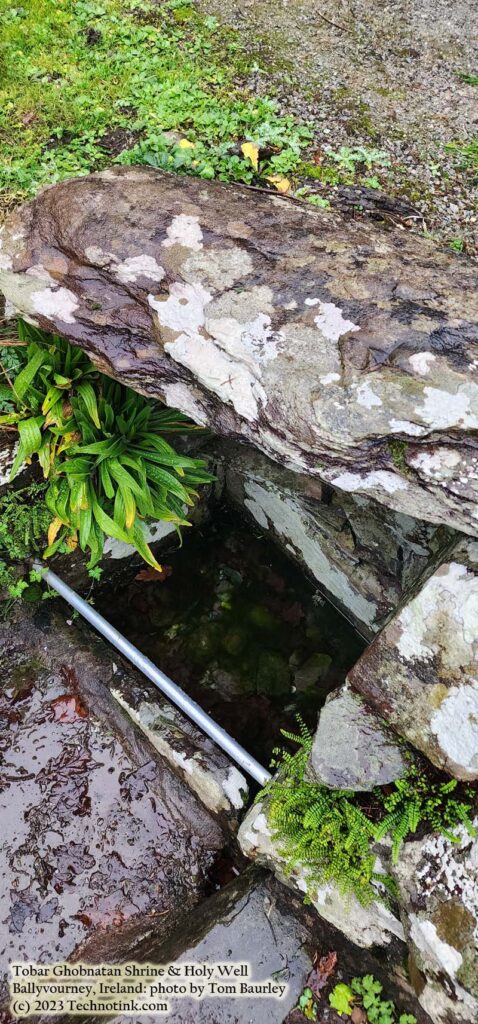
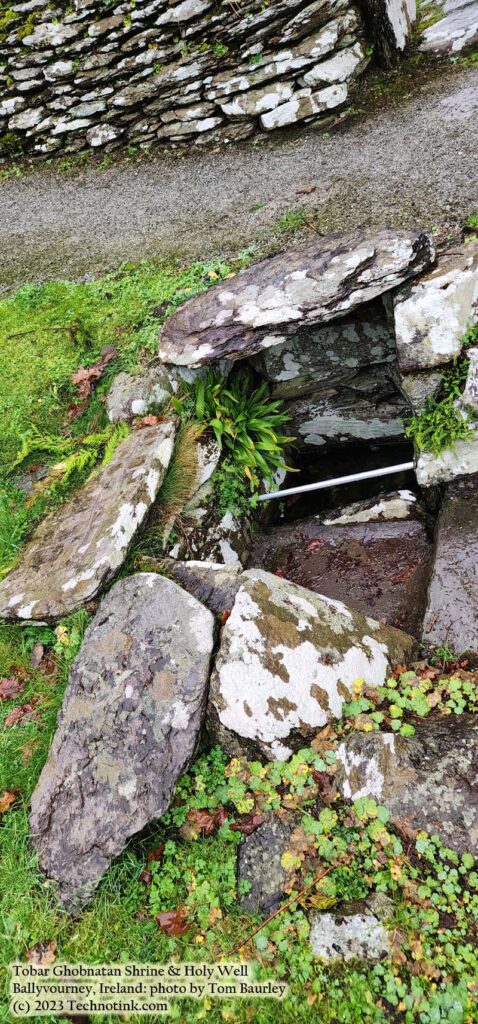
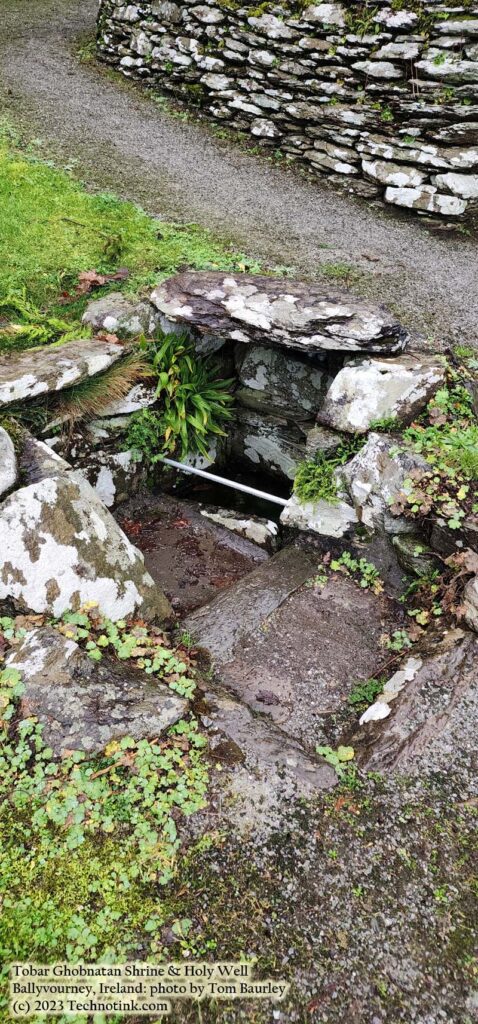
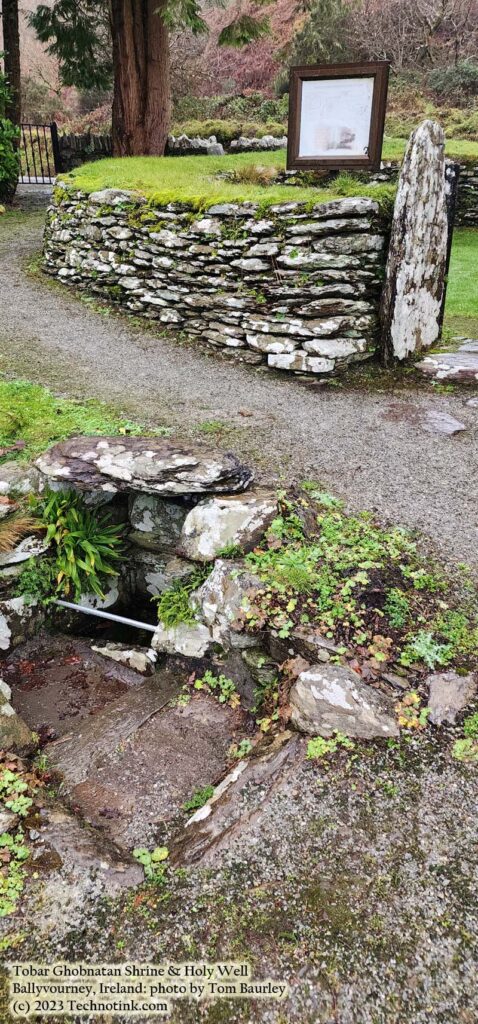
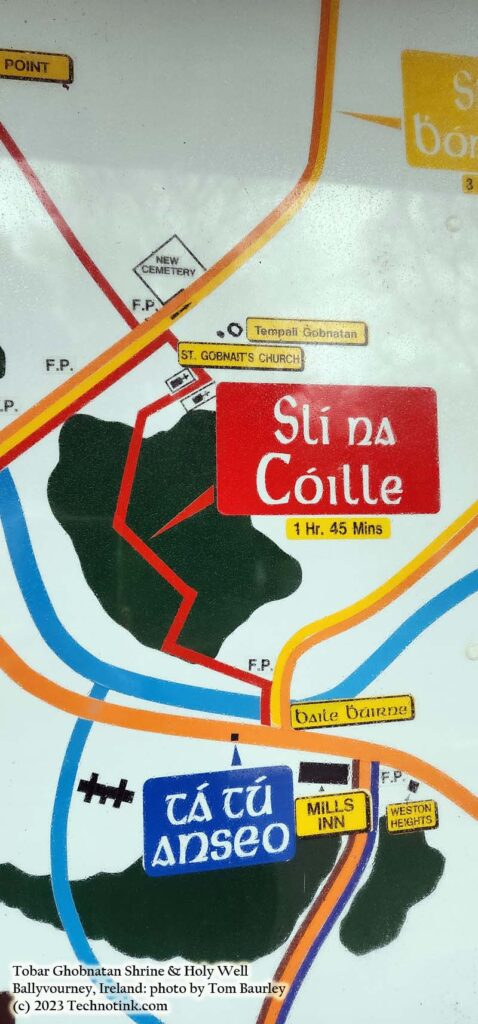
2013 Visit:
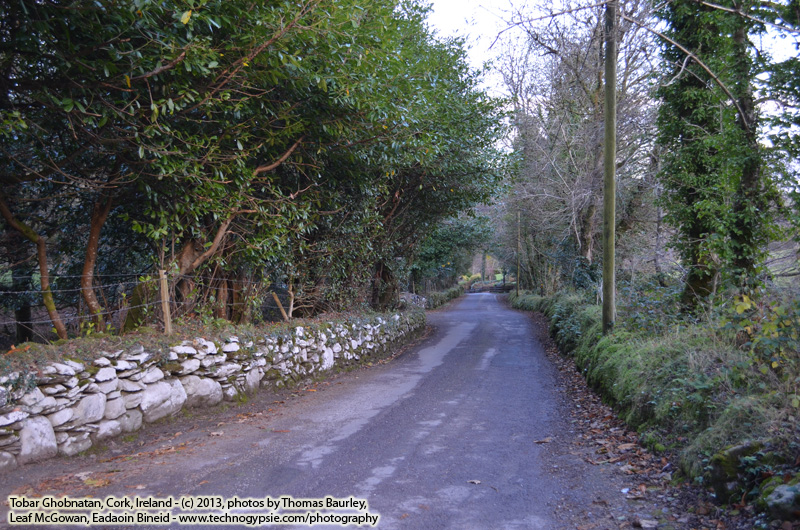
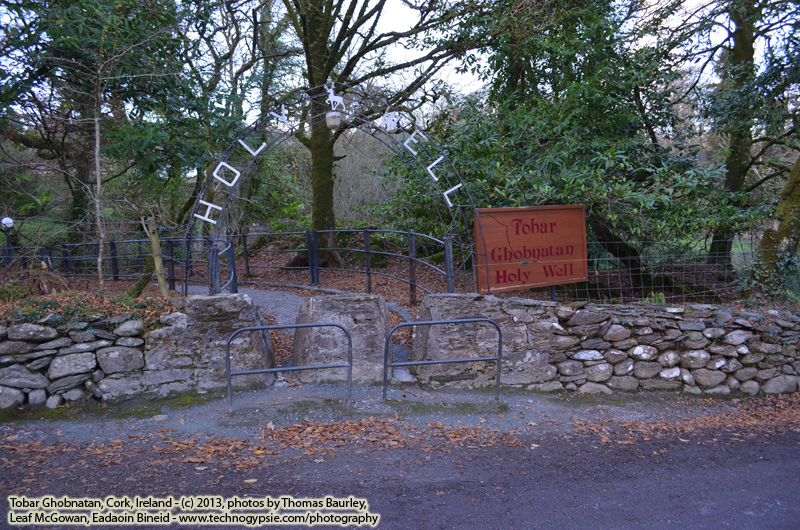
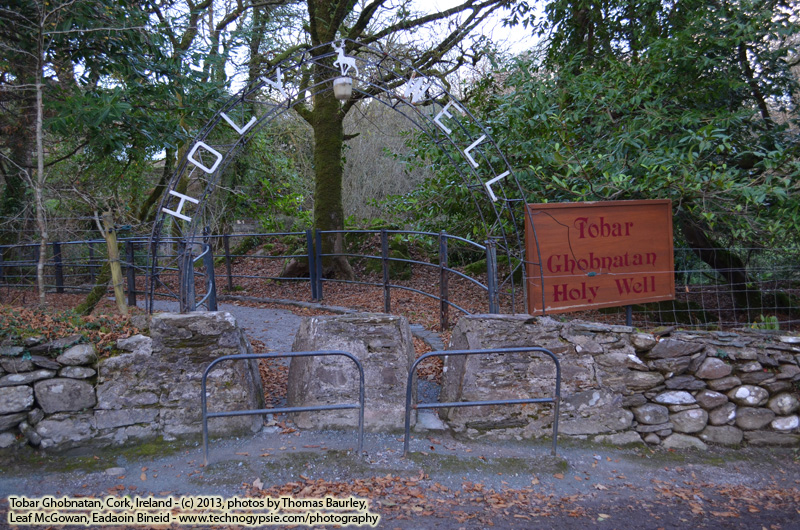

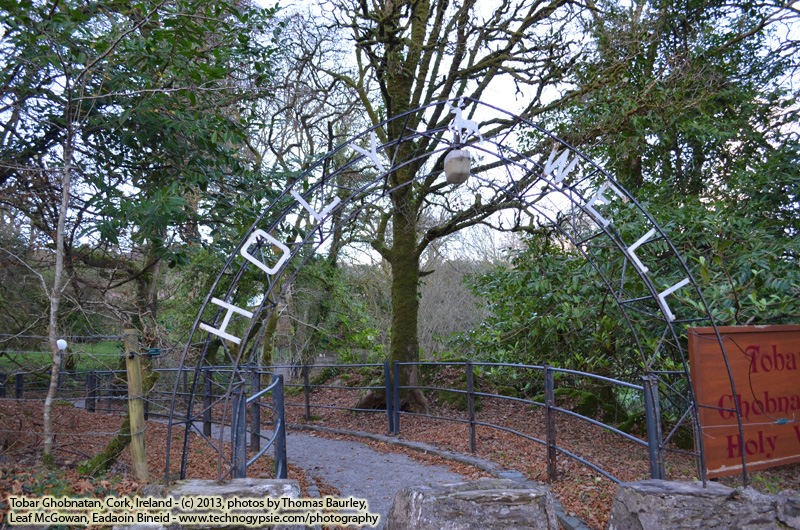
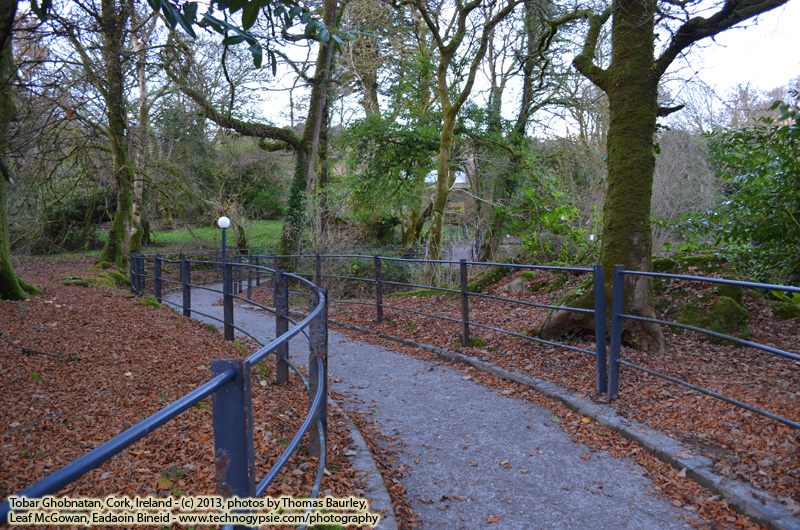
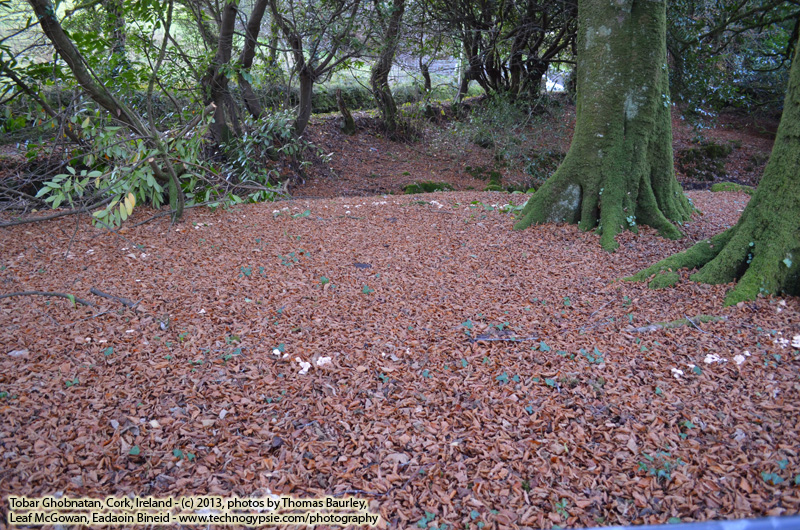
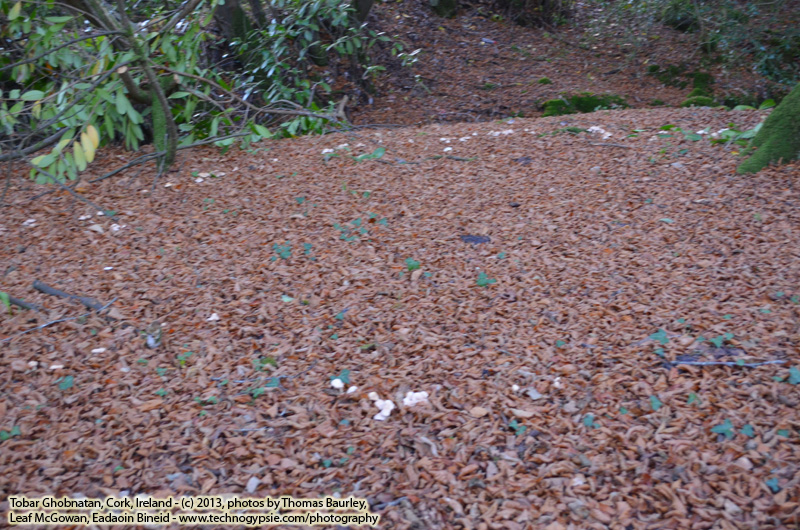
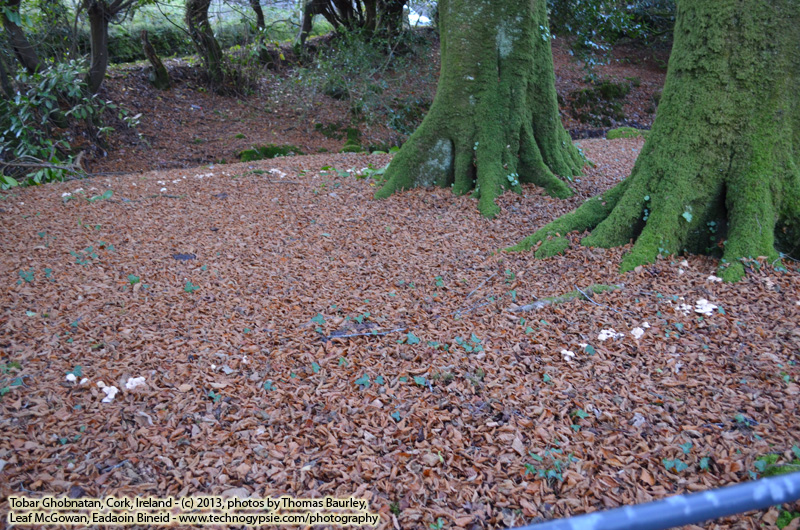
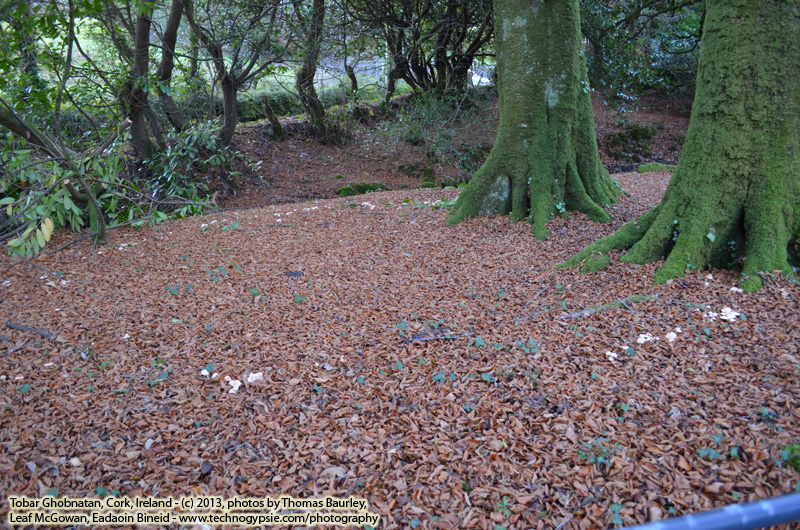
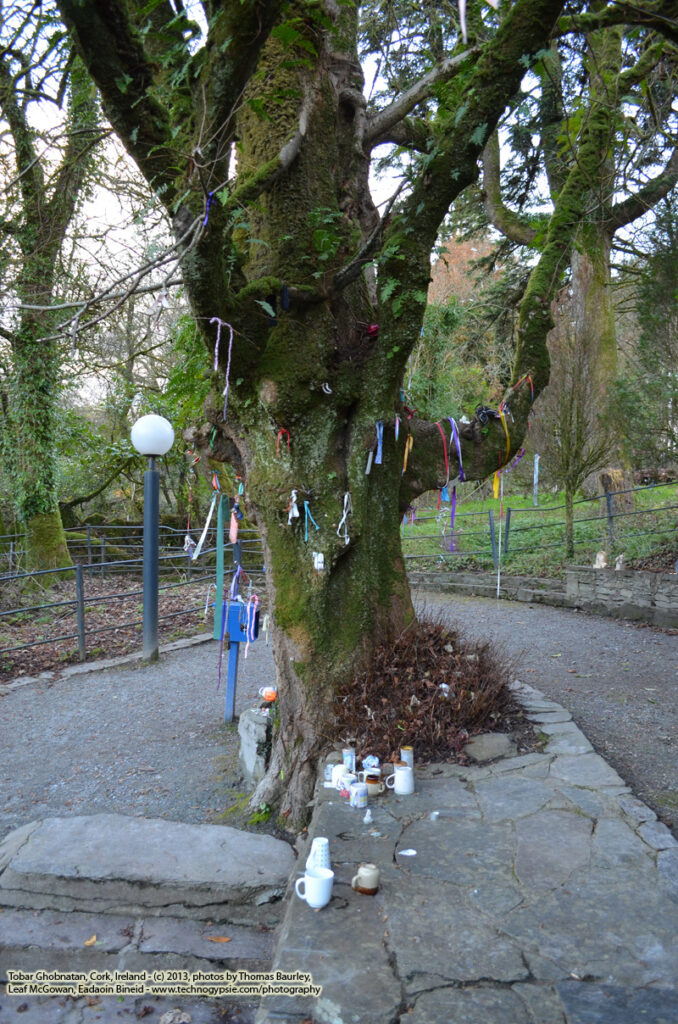
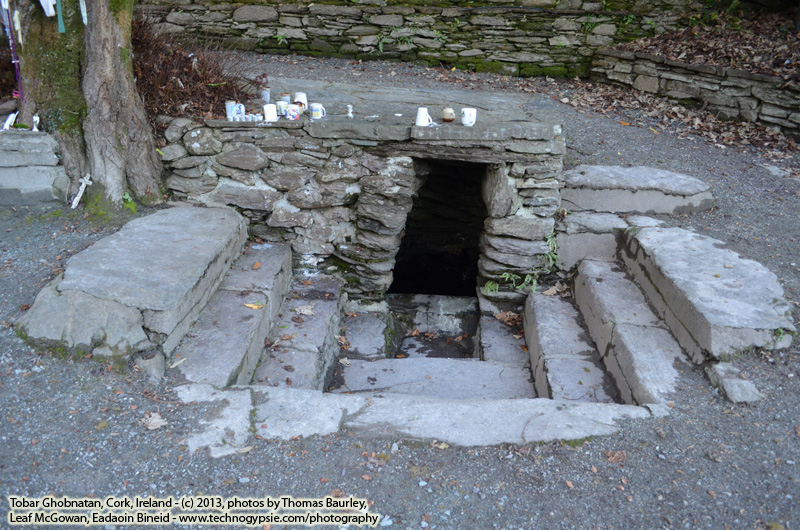
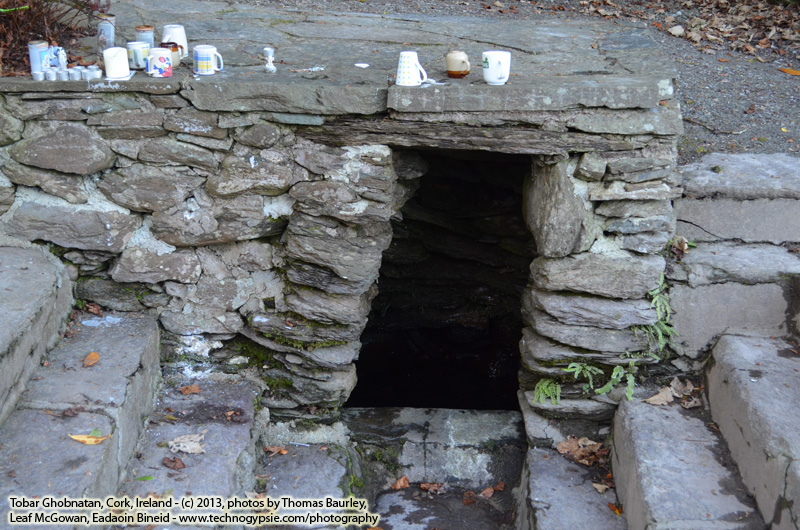
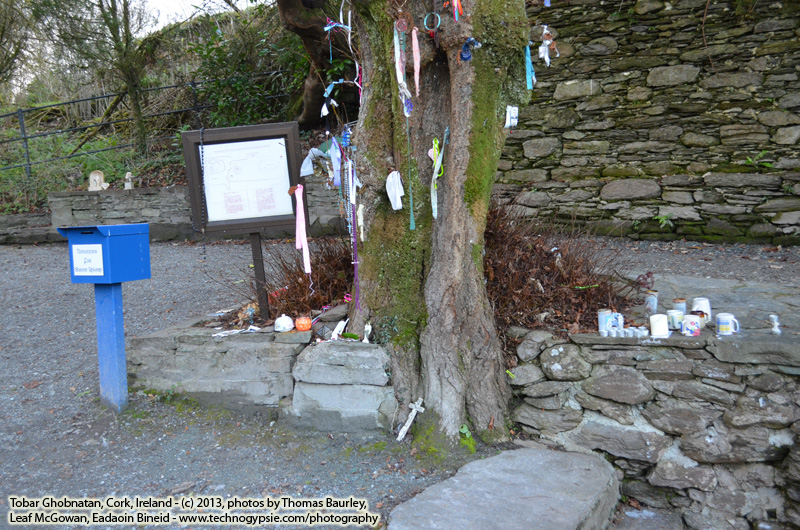
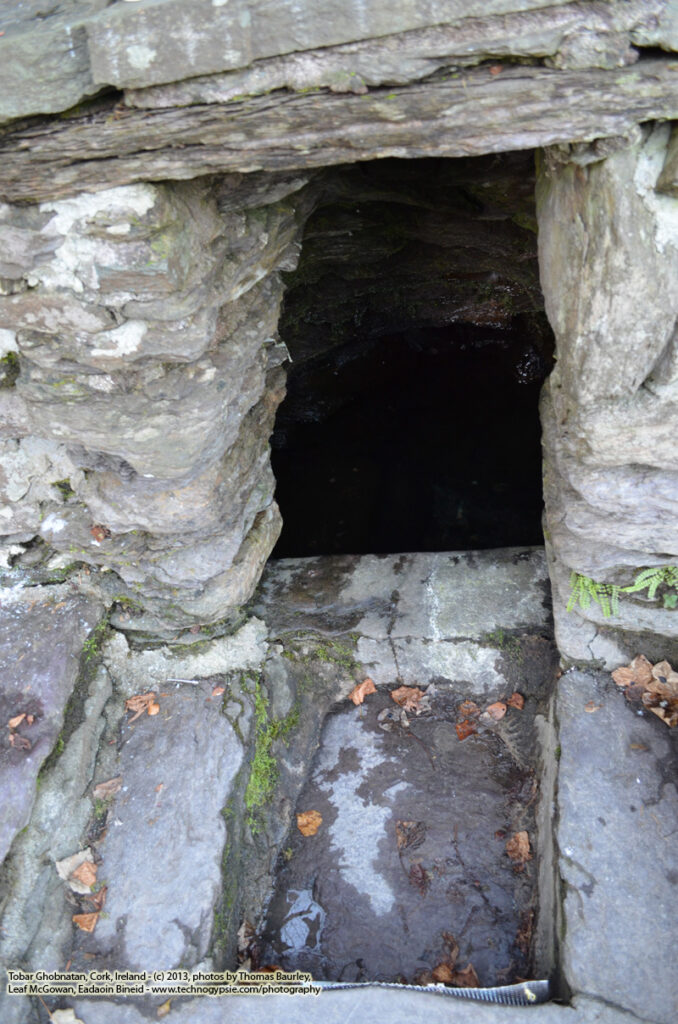
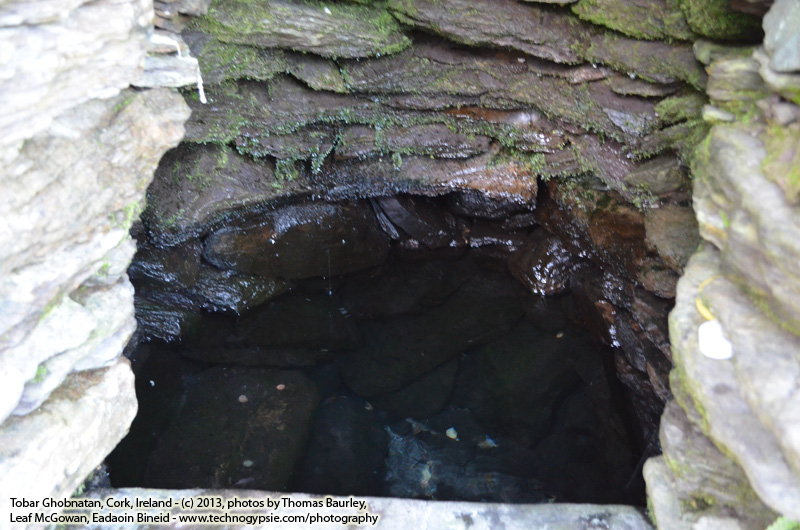
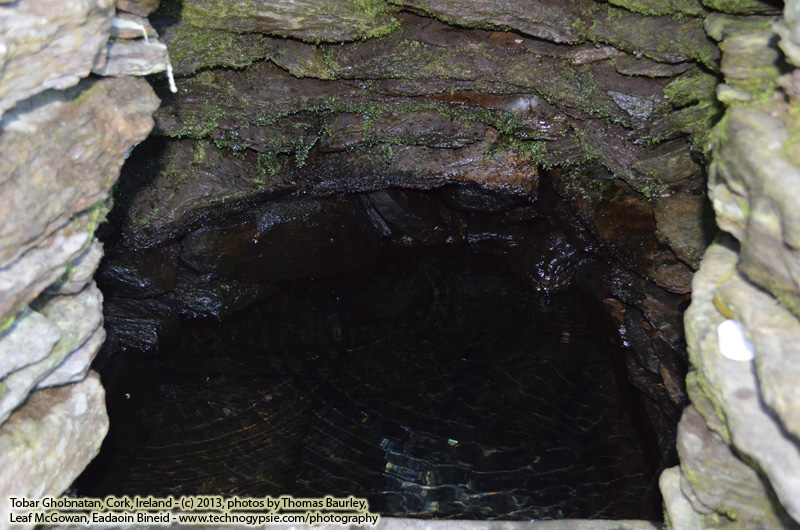
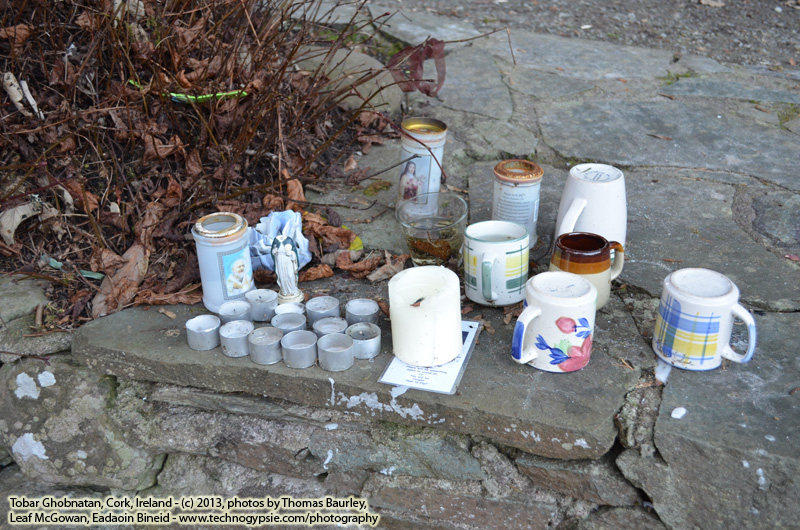
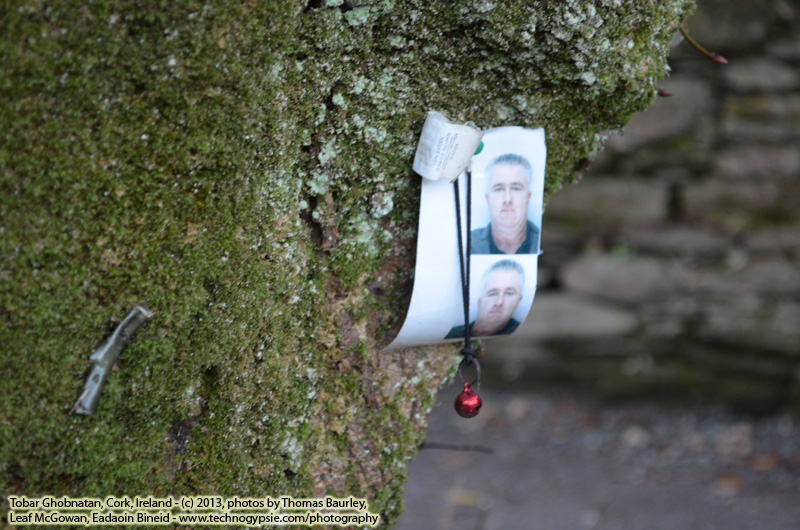
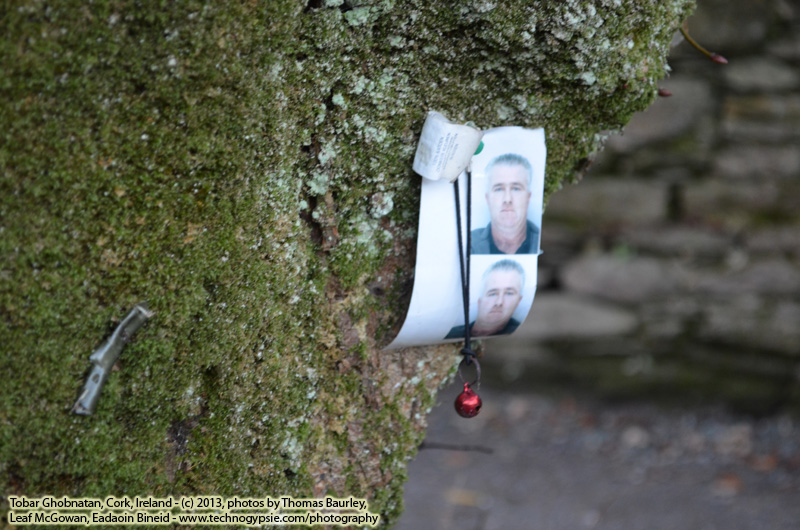
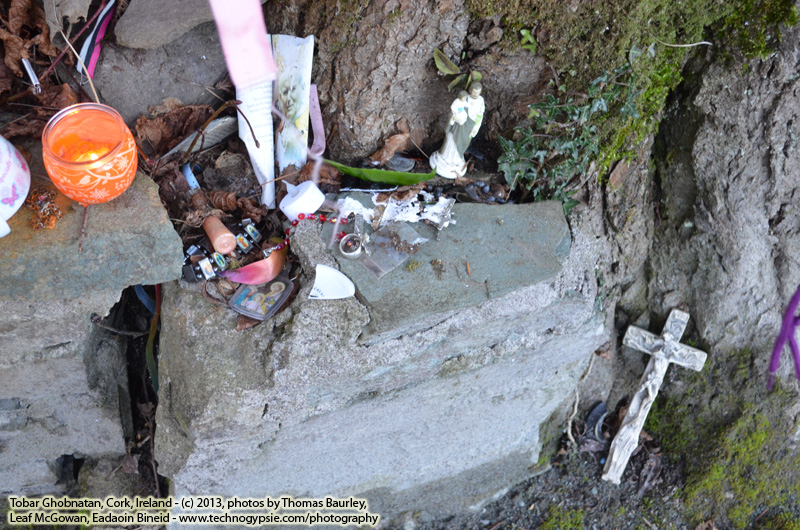
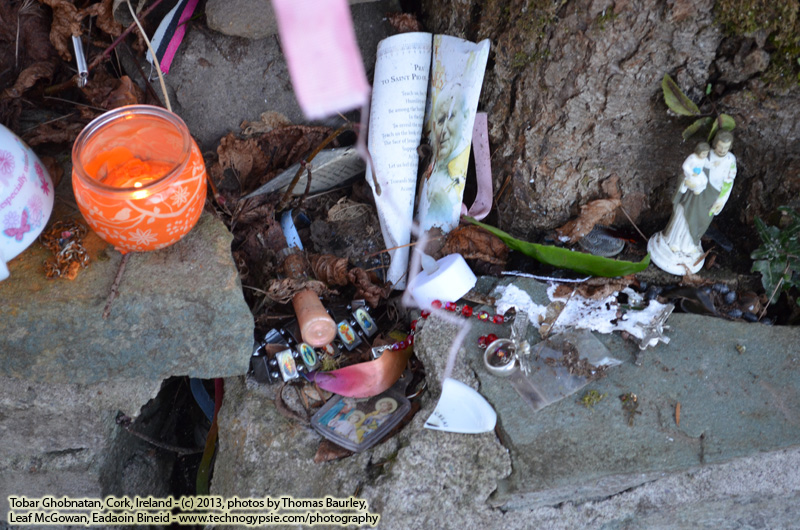
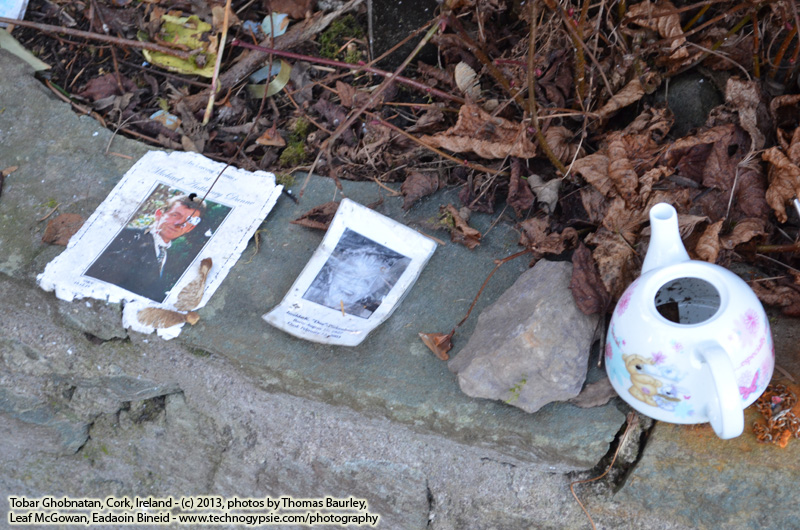
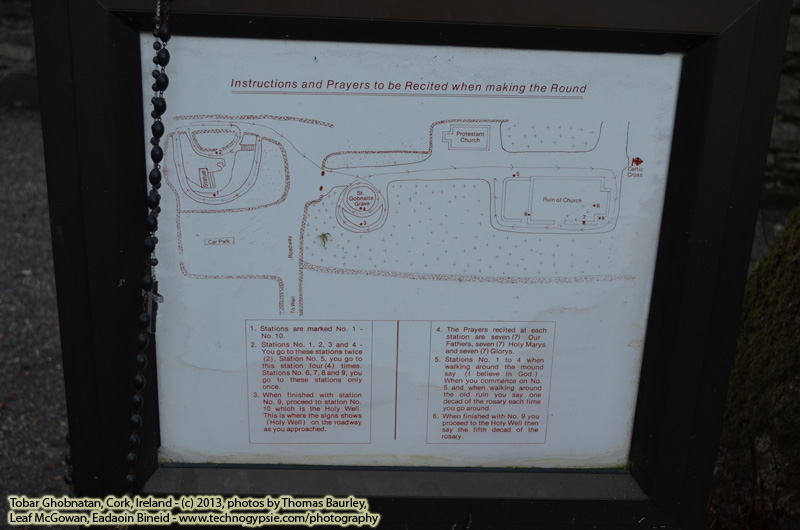
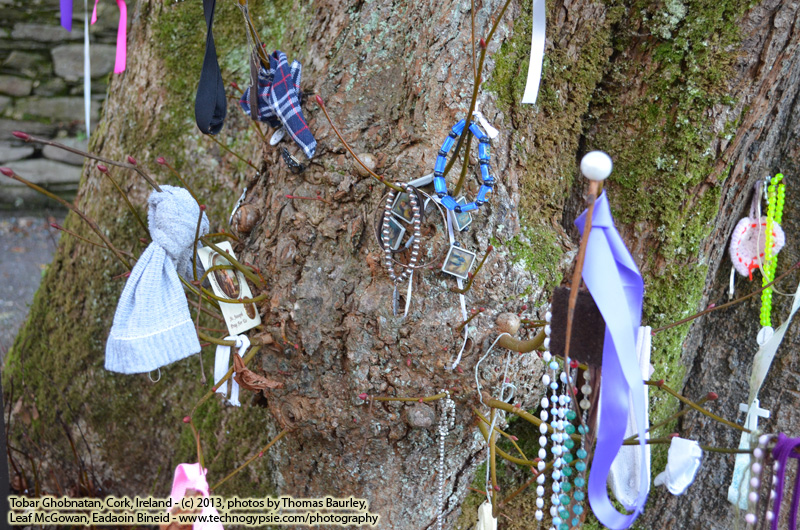
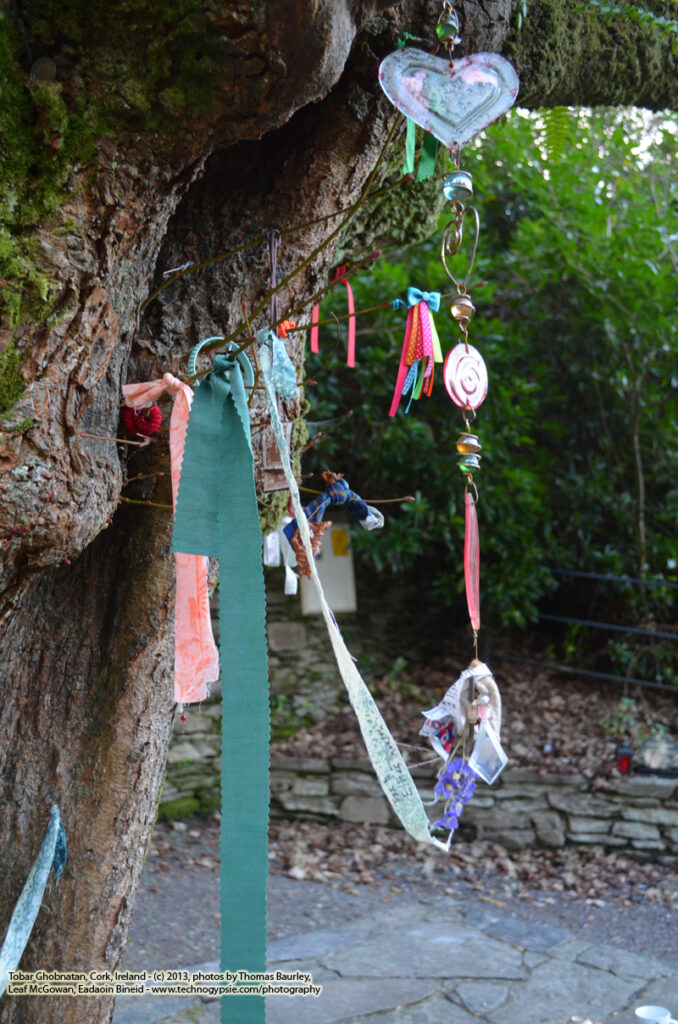

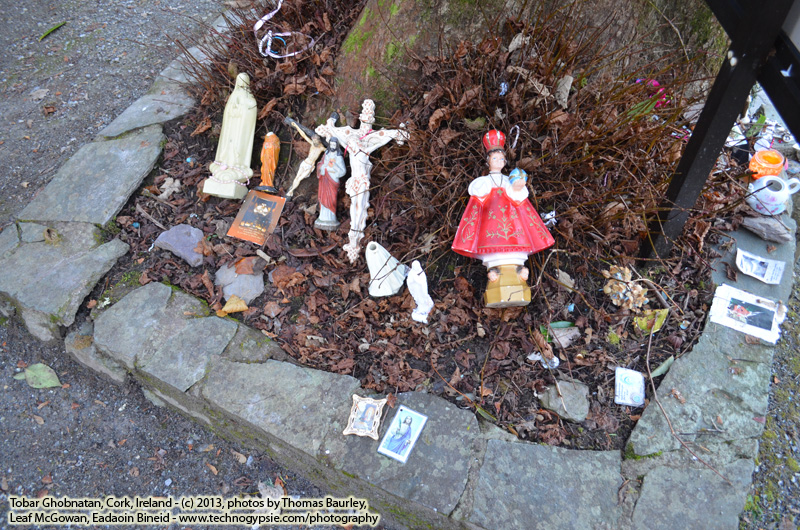
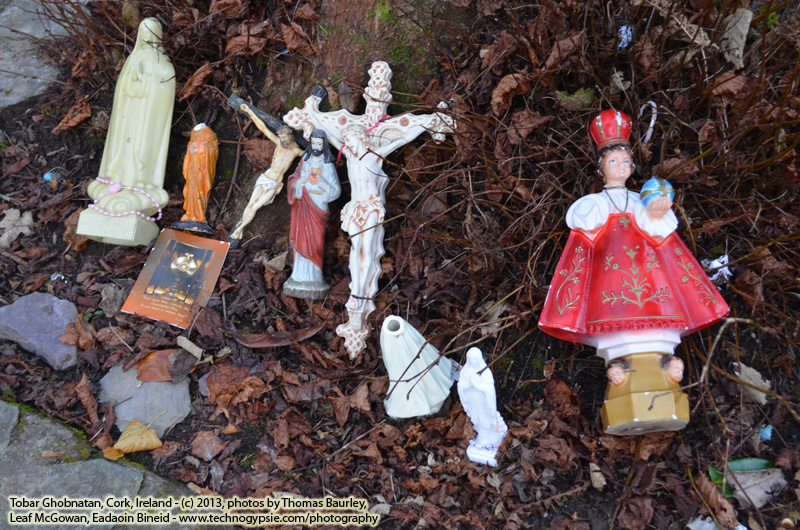
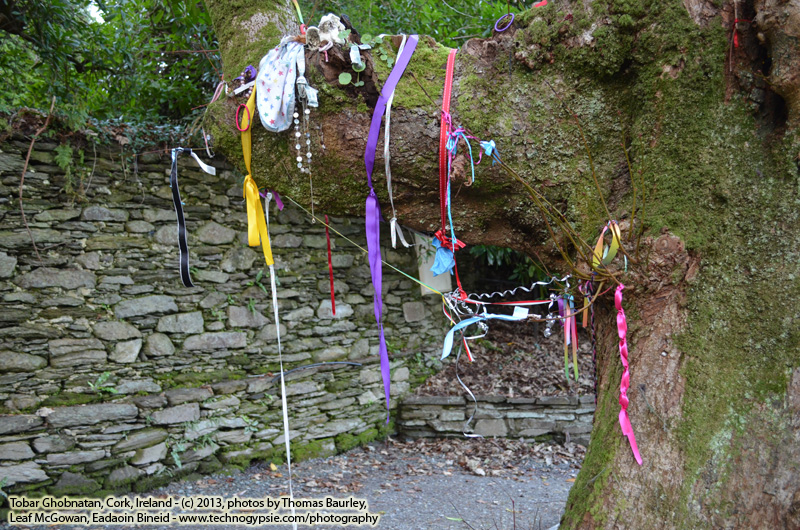
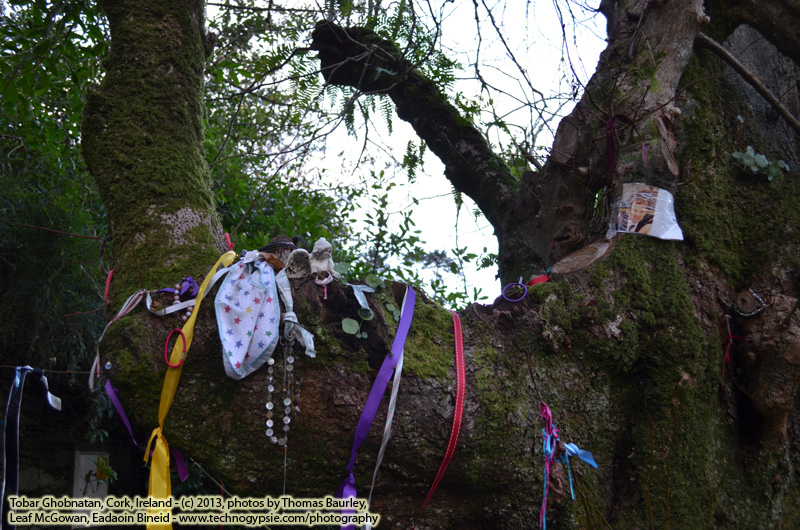
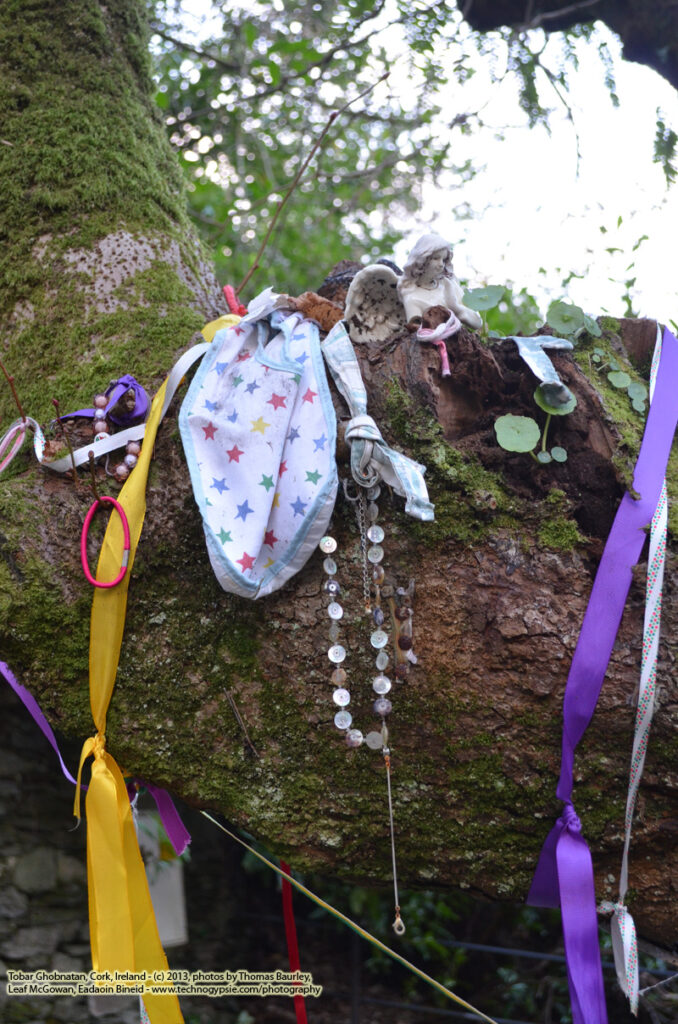
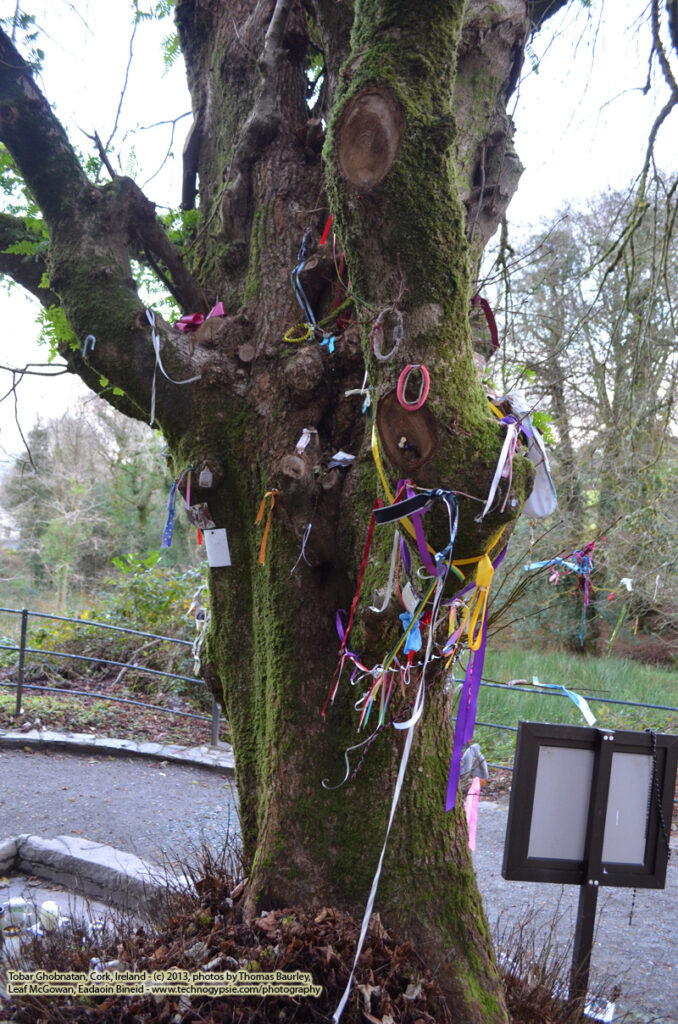
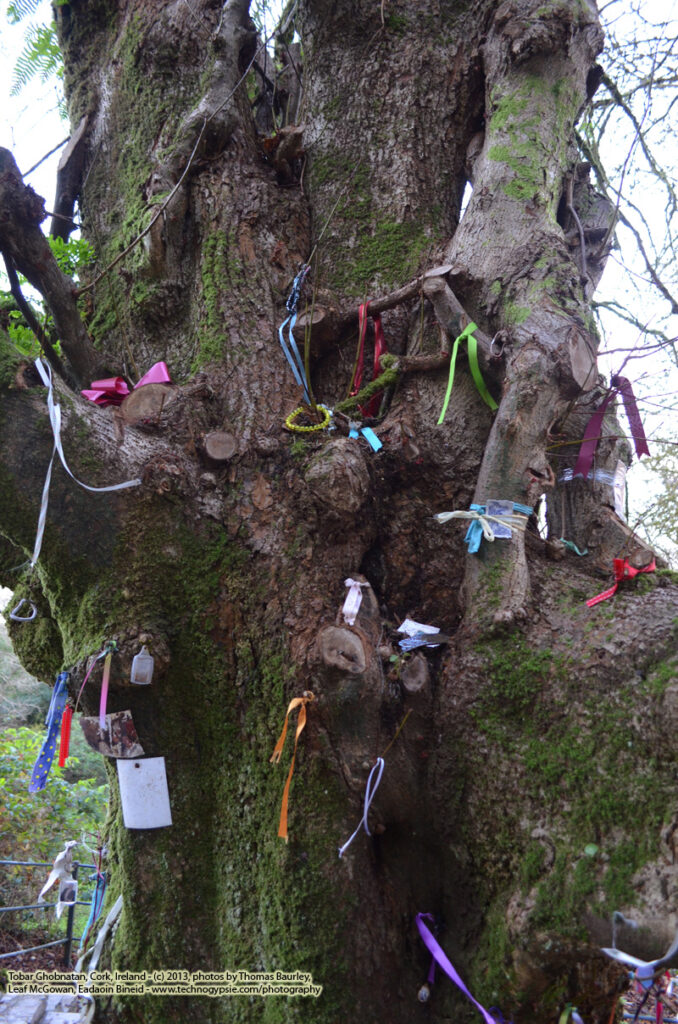
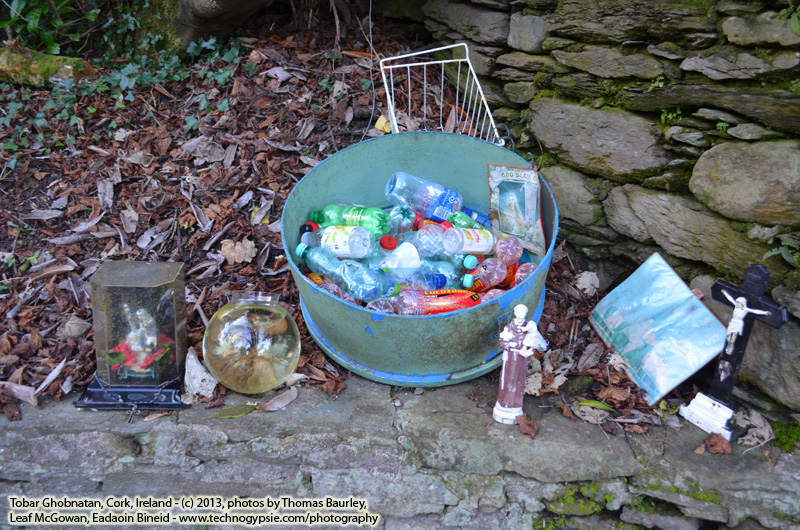
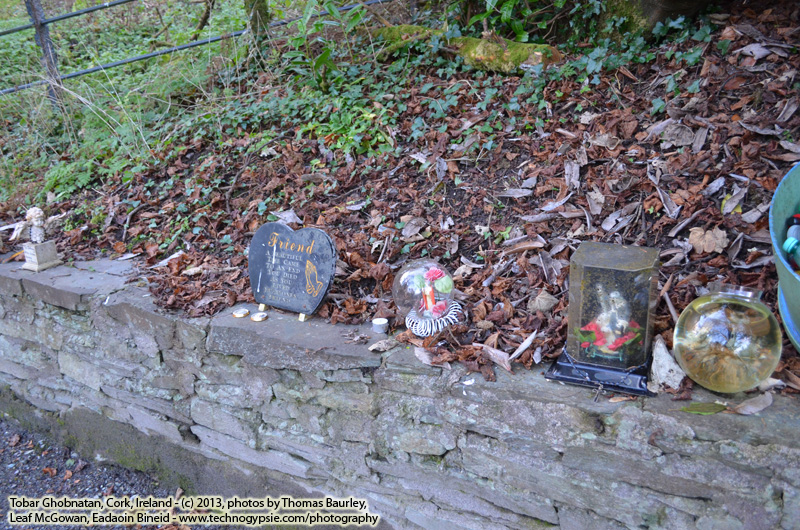
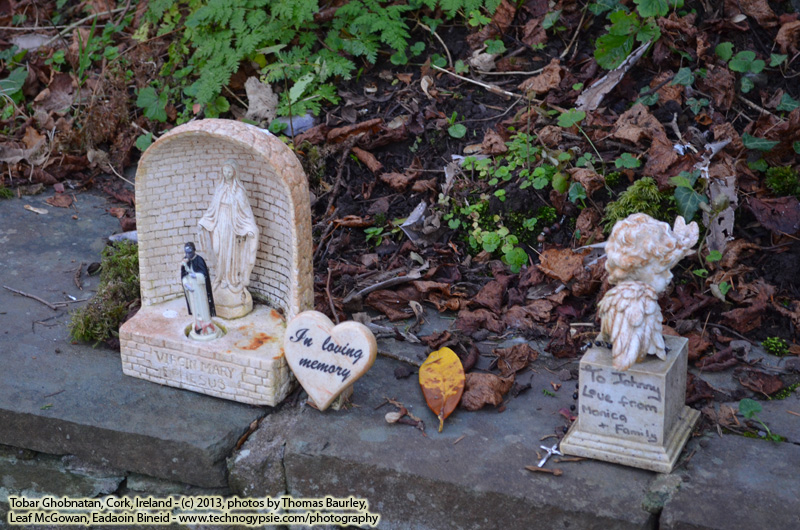
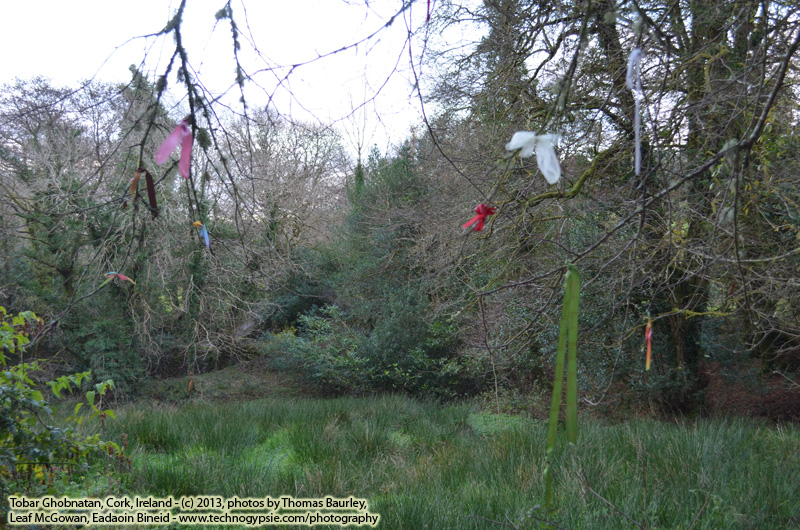
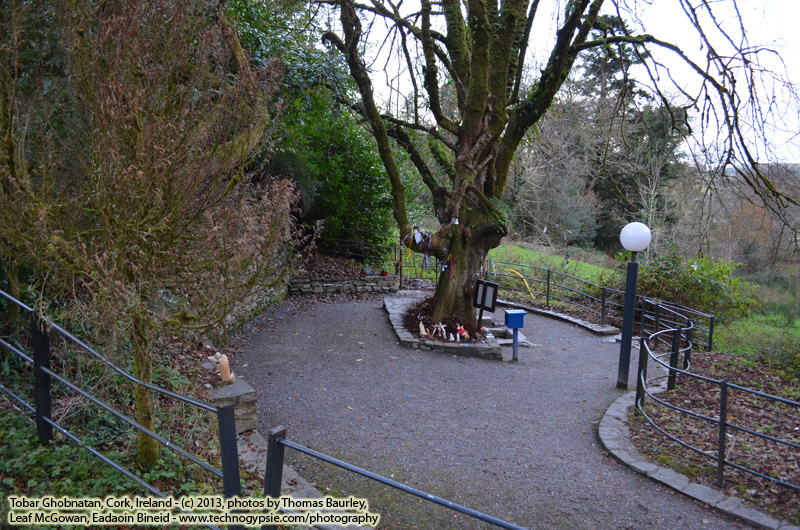
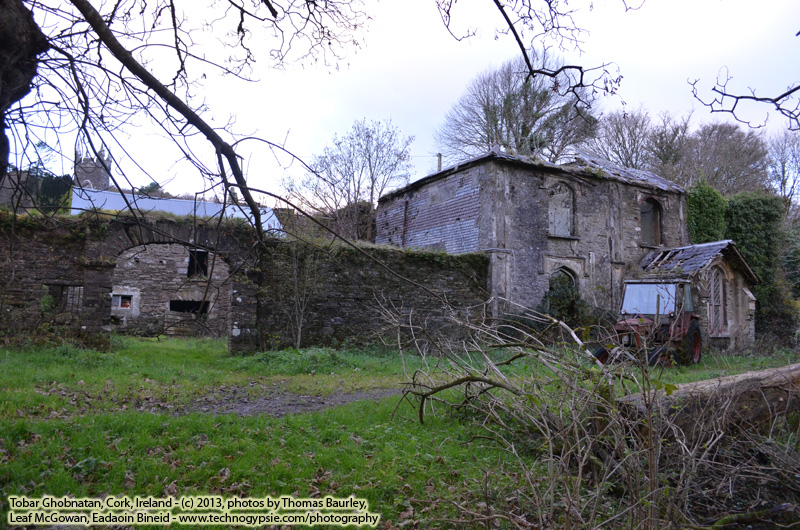
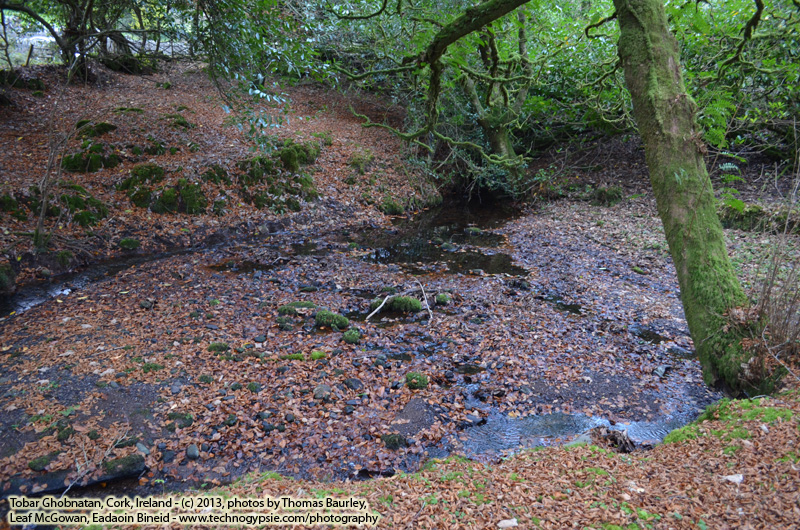
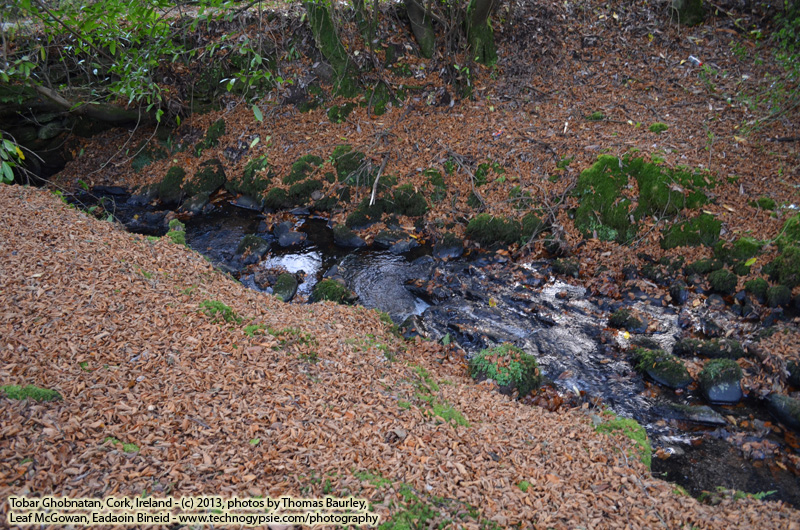
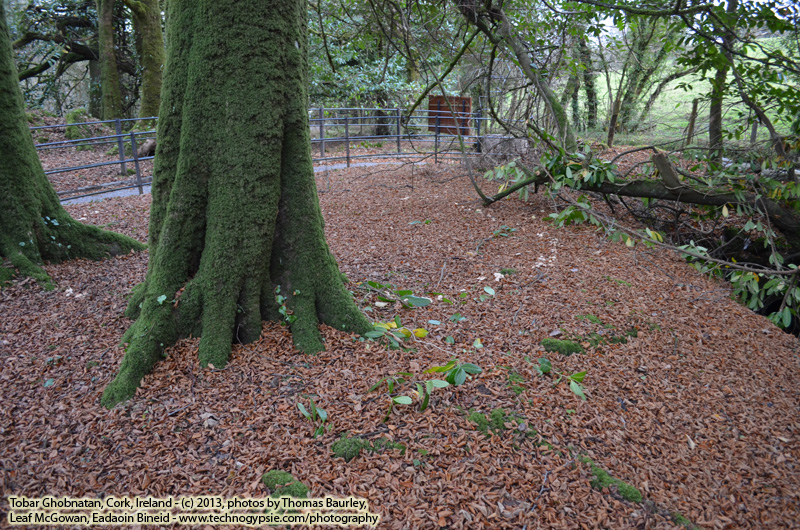
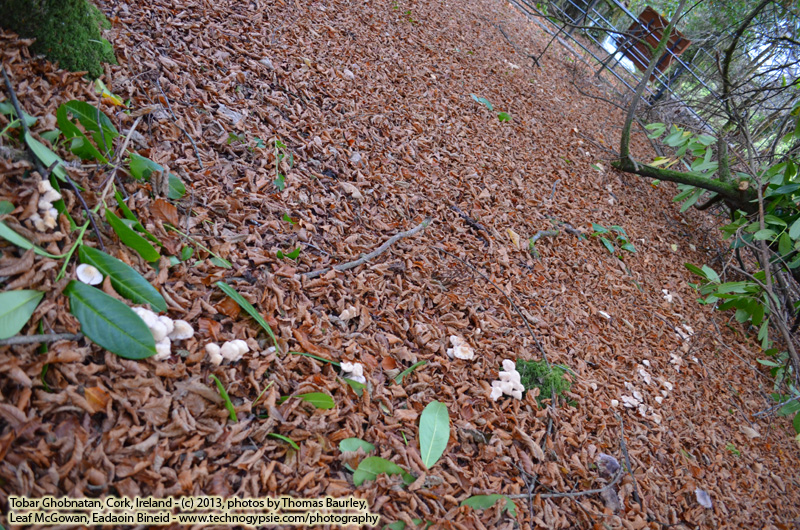
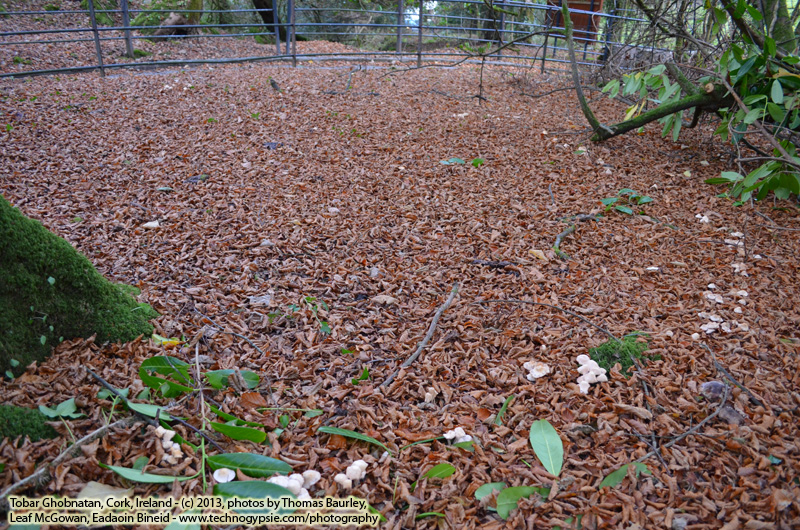
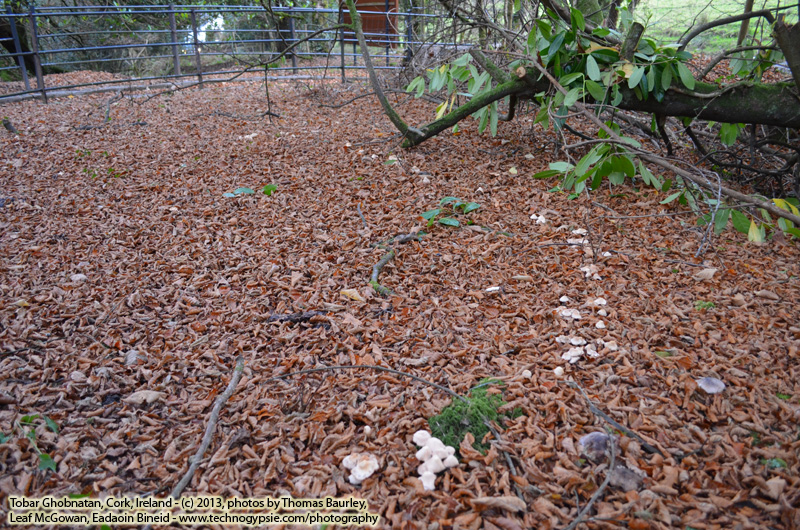
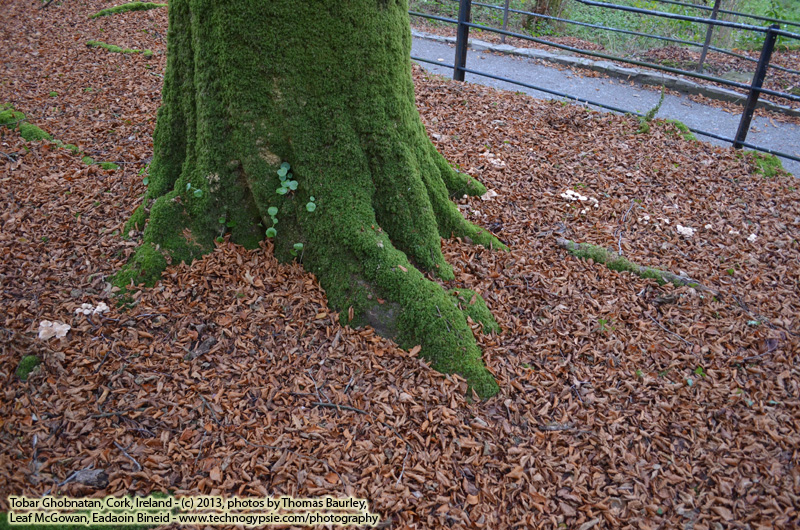
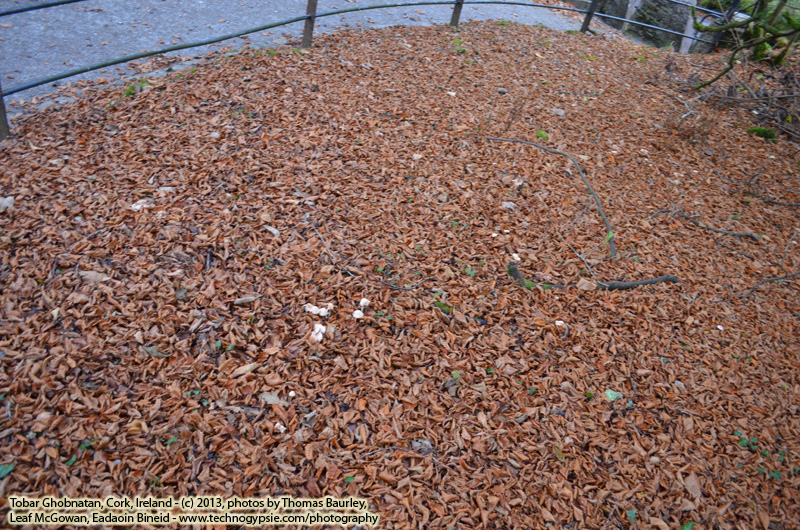
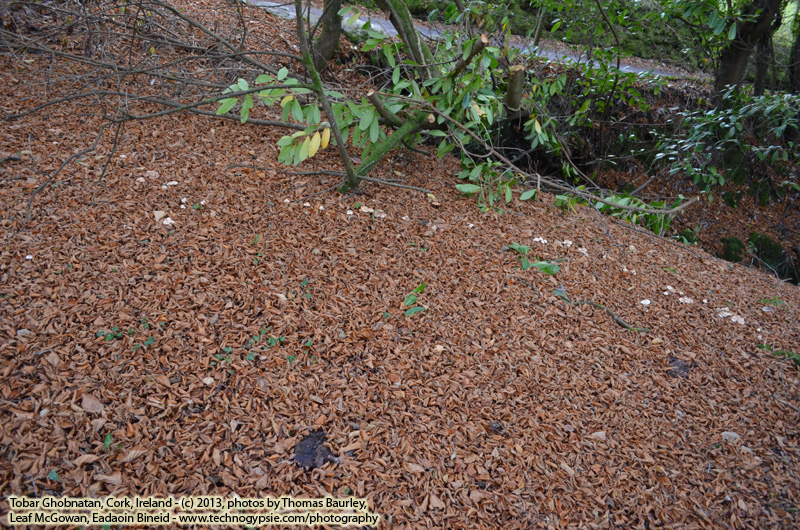
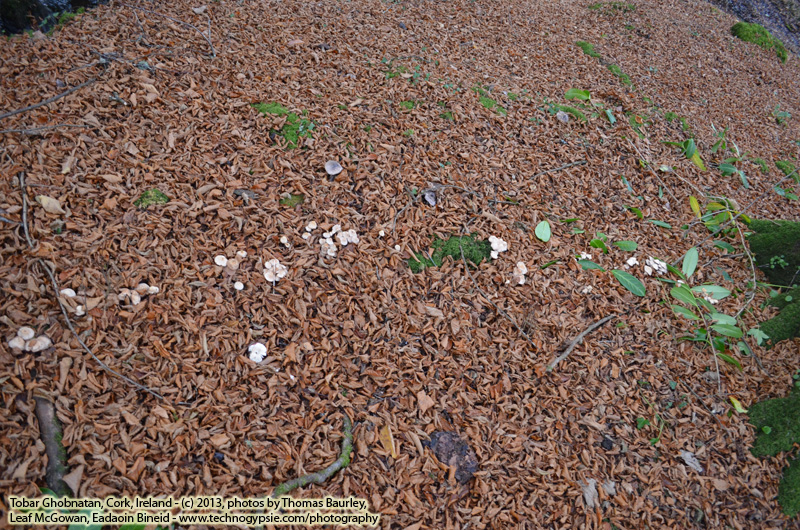
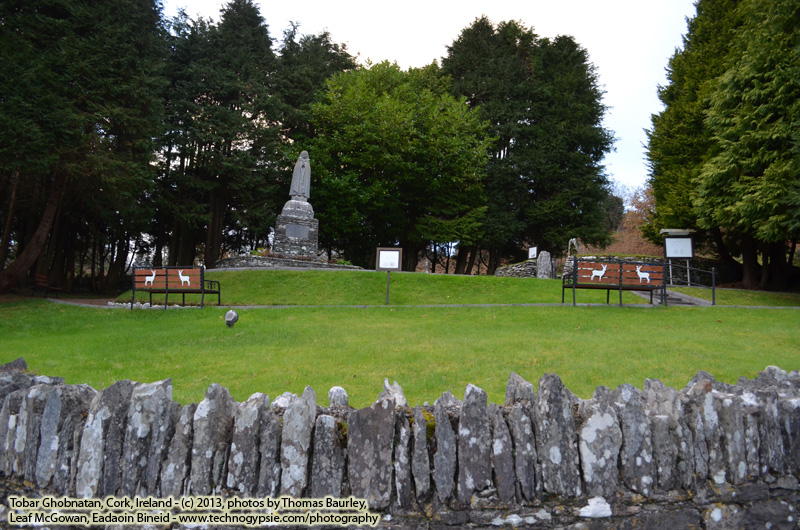
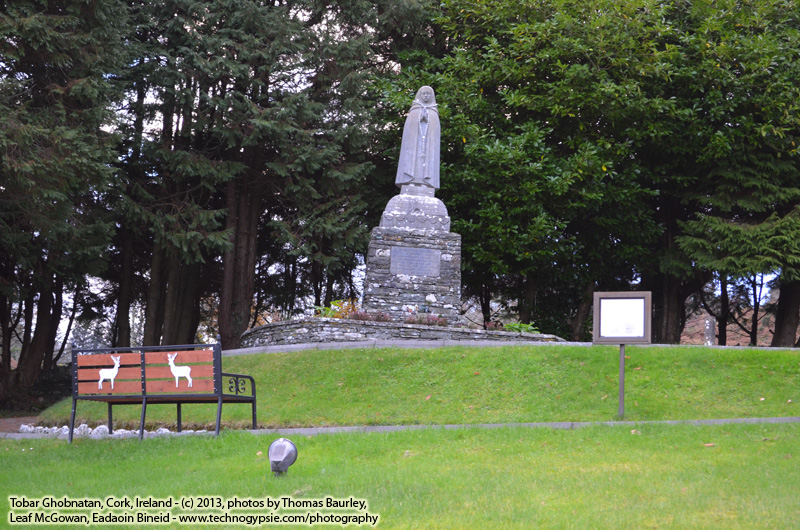
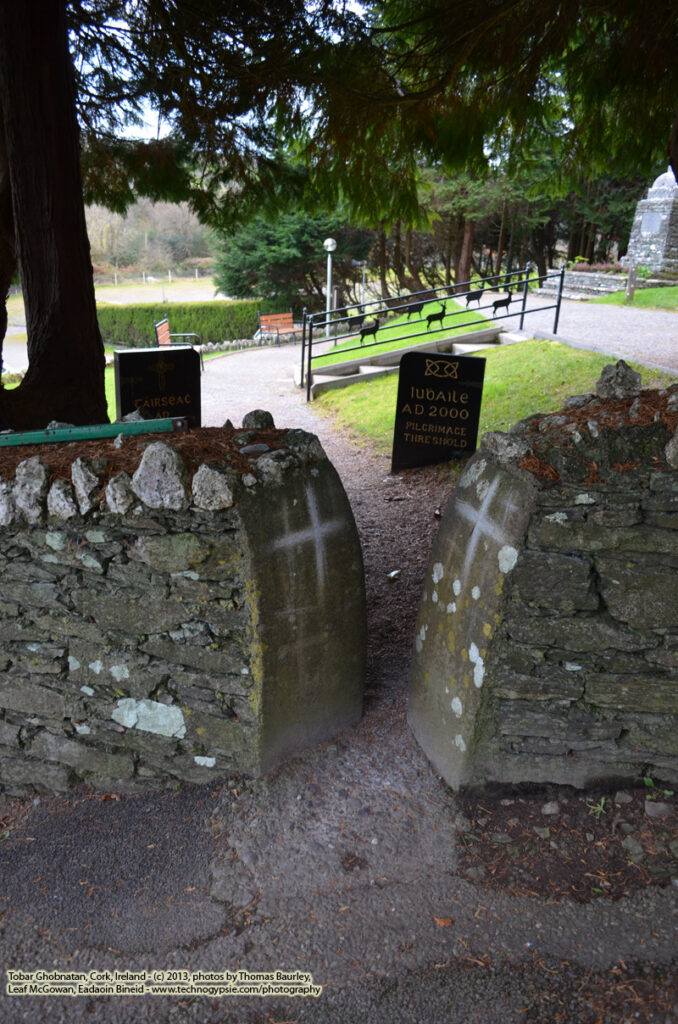
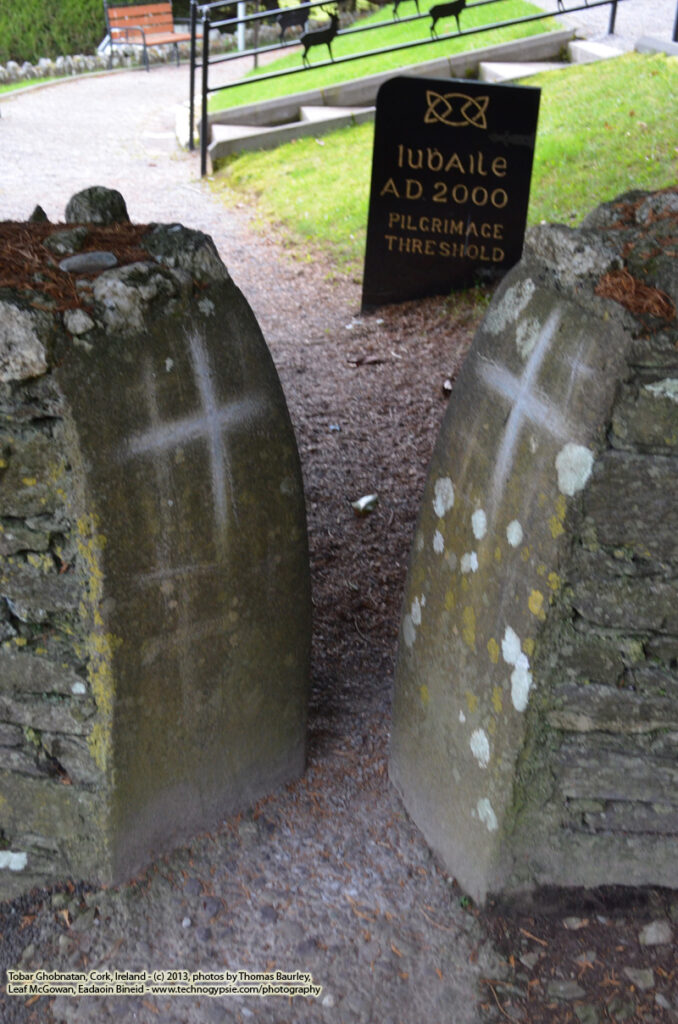
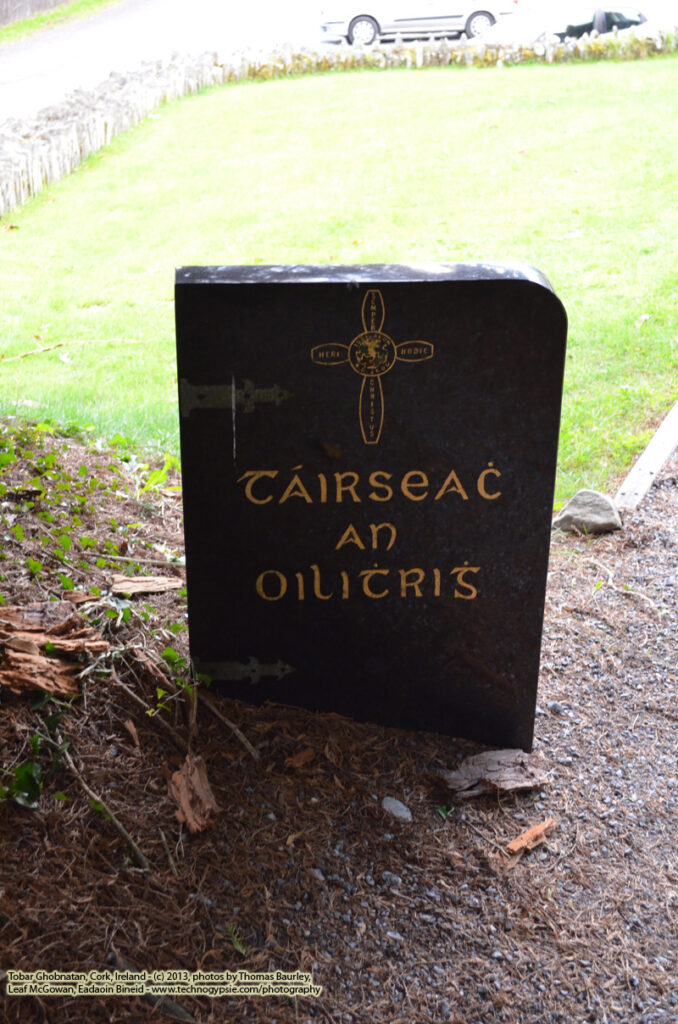
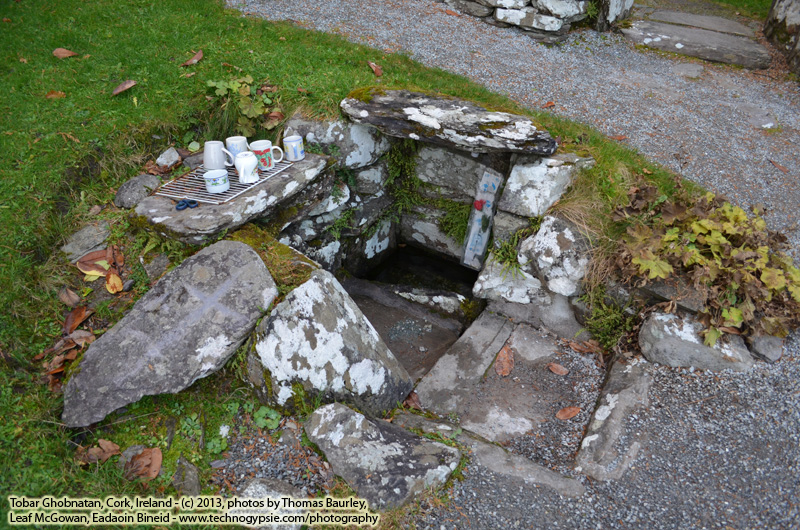
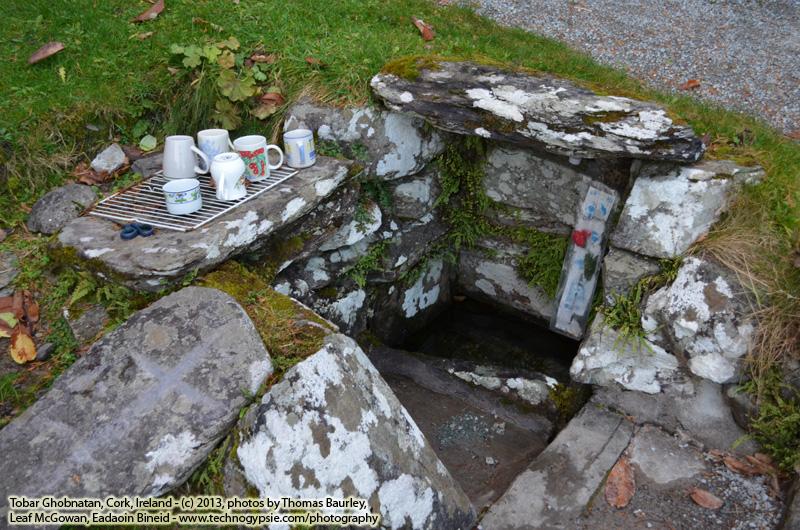
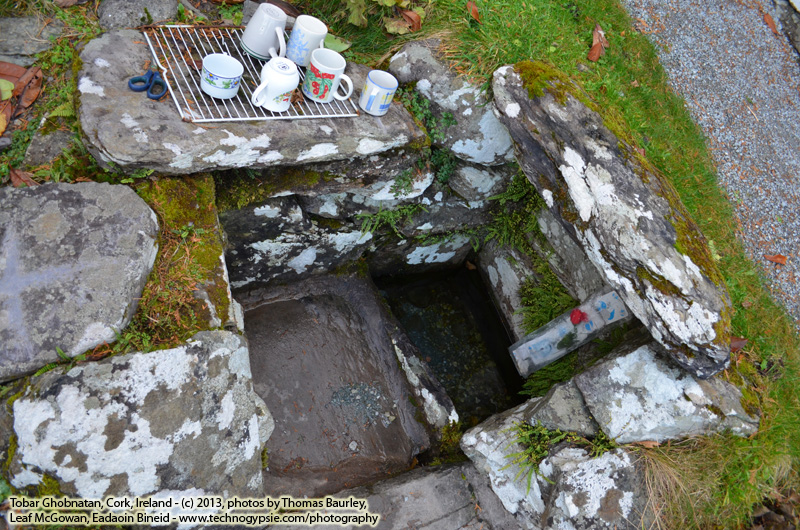
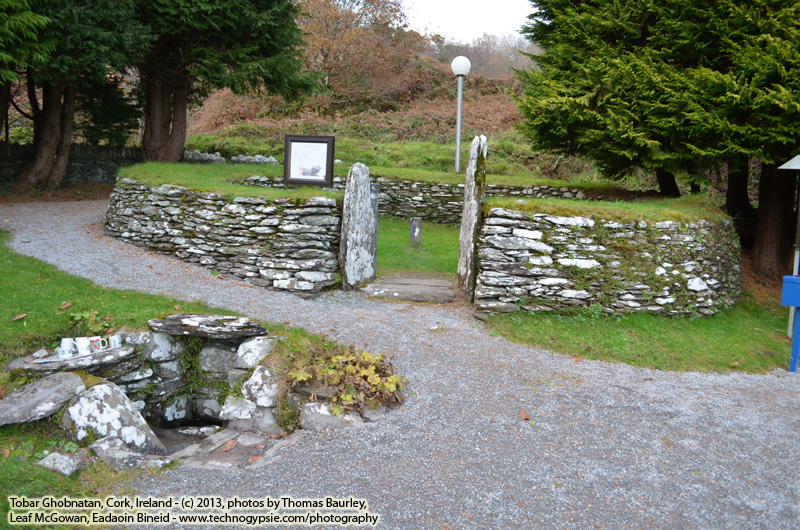
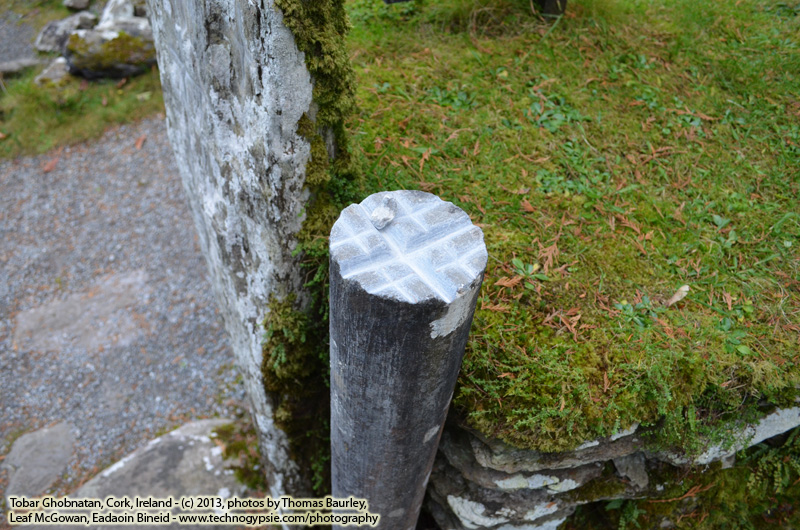
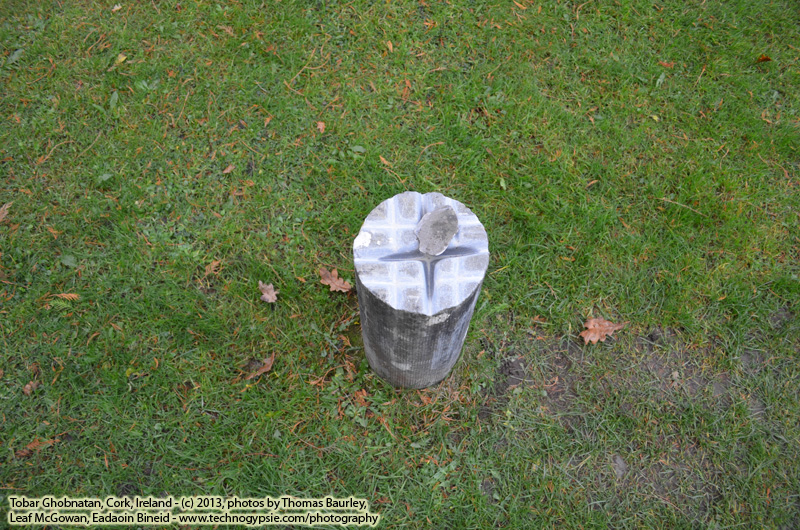
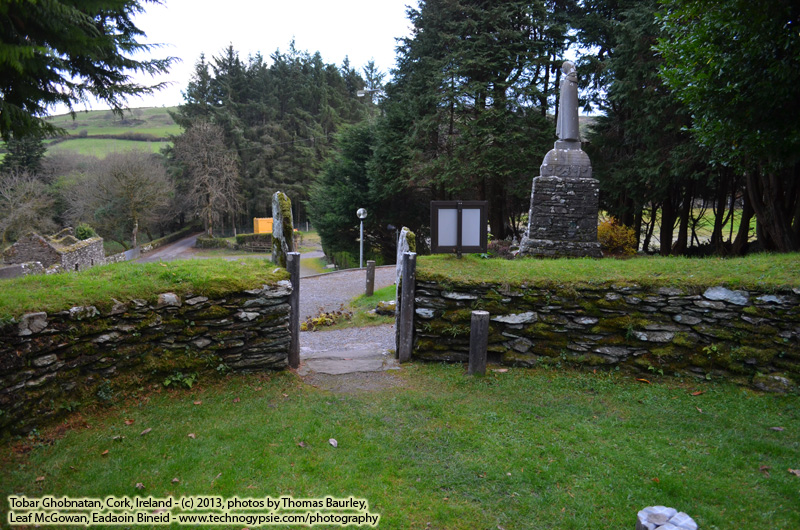
Discover more from The Naiads Well
Subscribe to get the latest posts sent to your email.
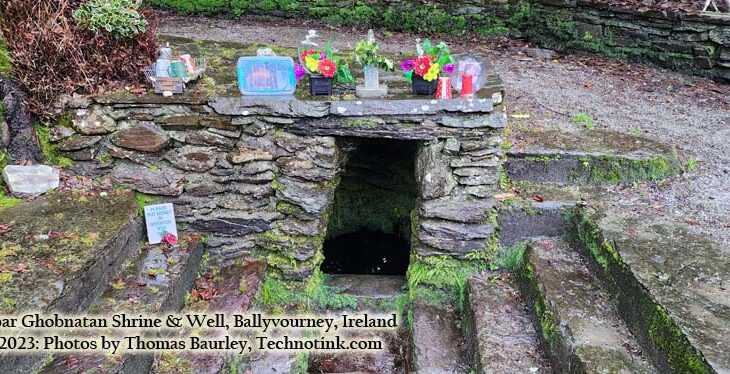
5 thoughts on “Tobar Ghobnatan Holy Wells: St. Abban’s Well and St. Gobnait’s Well”